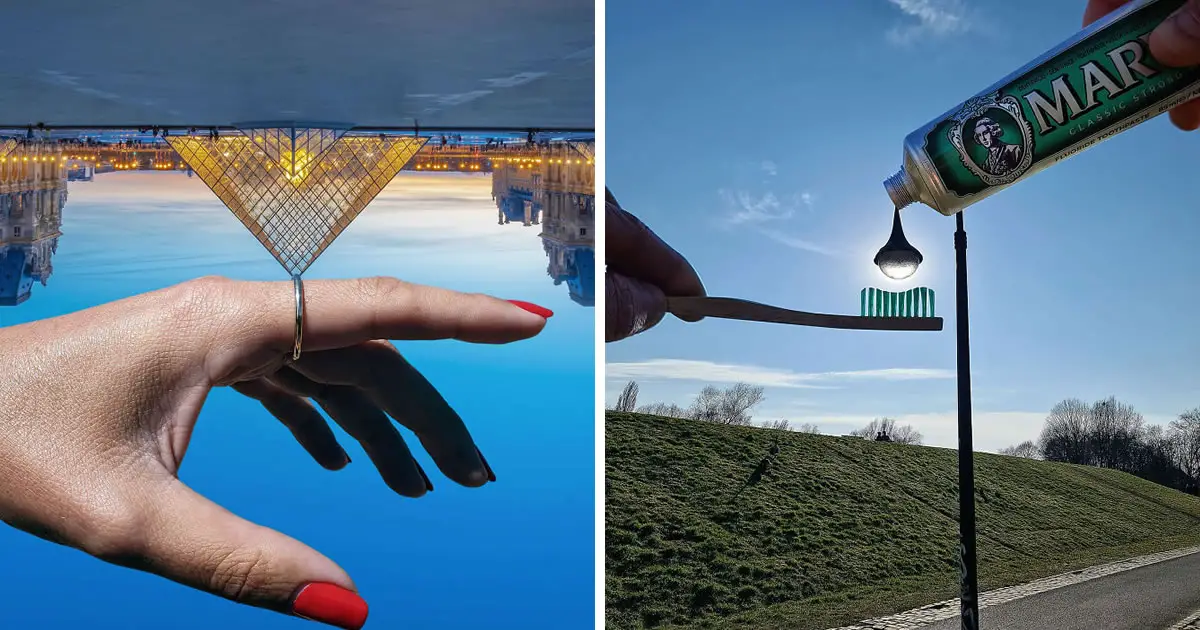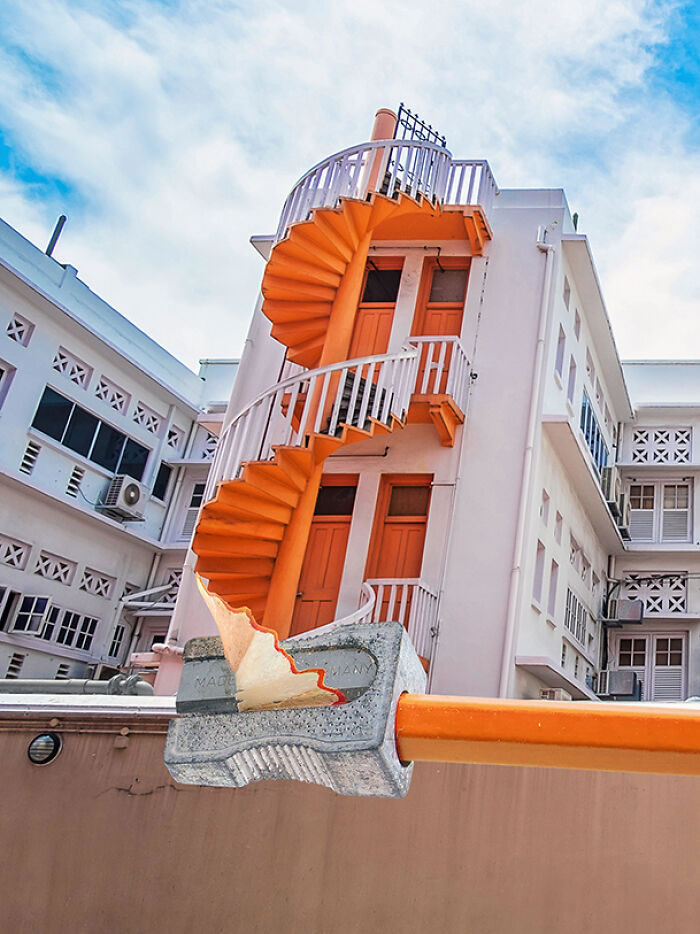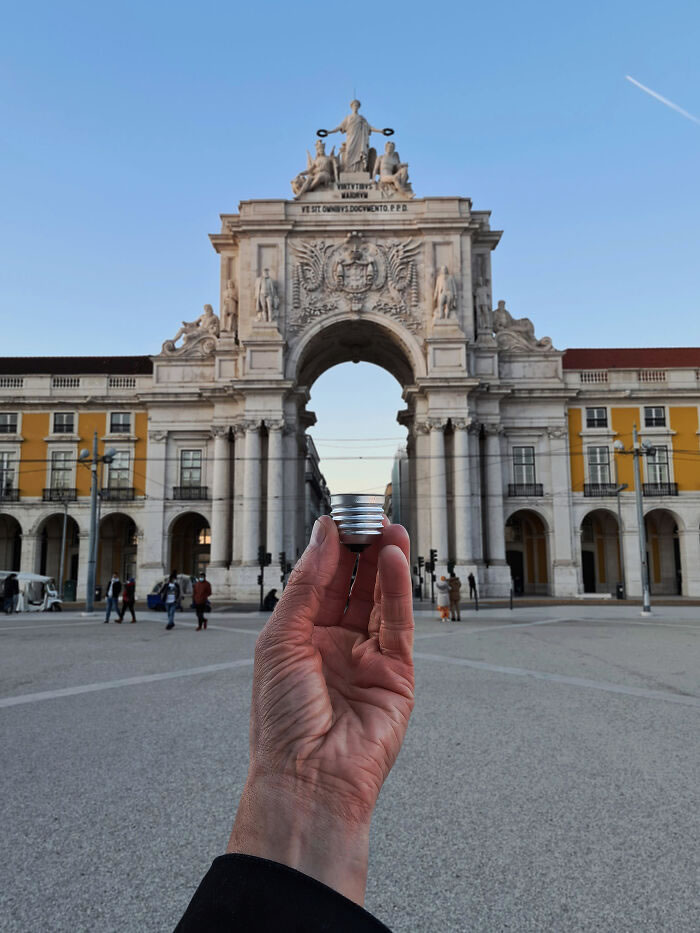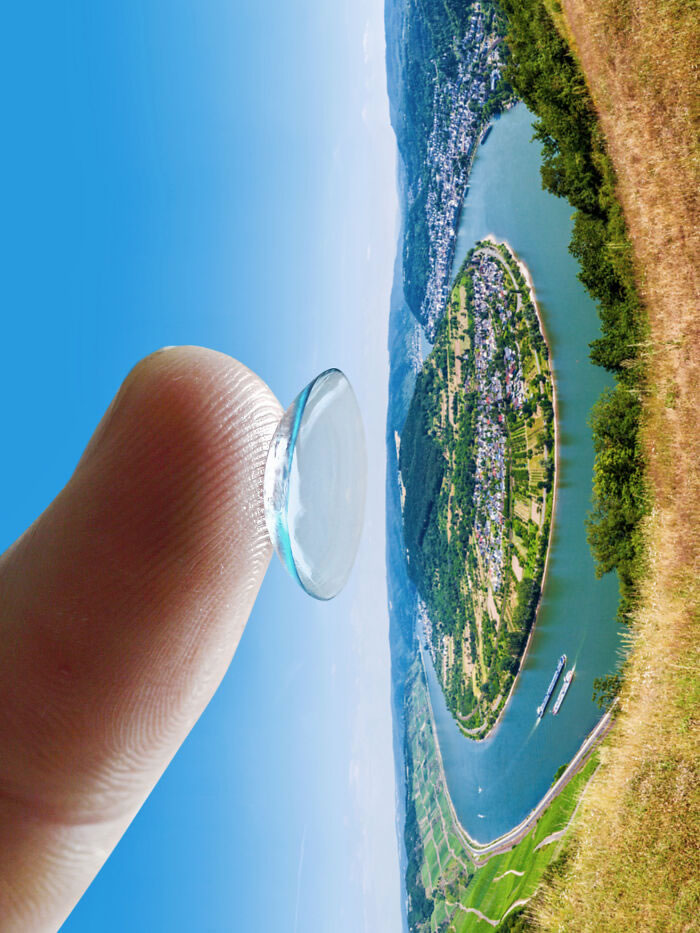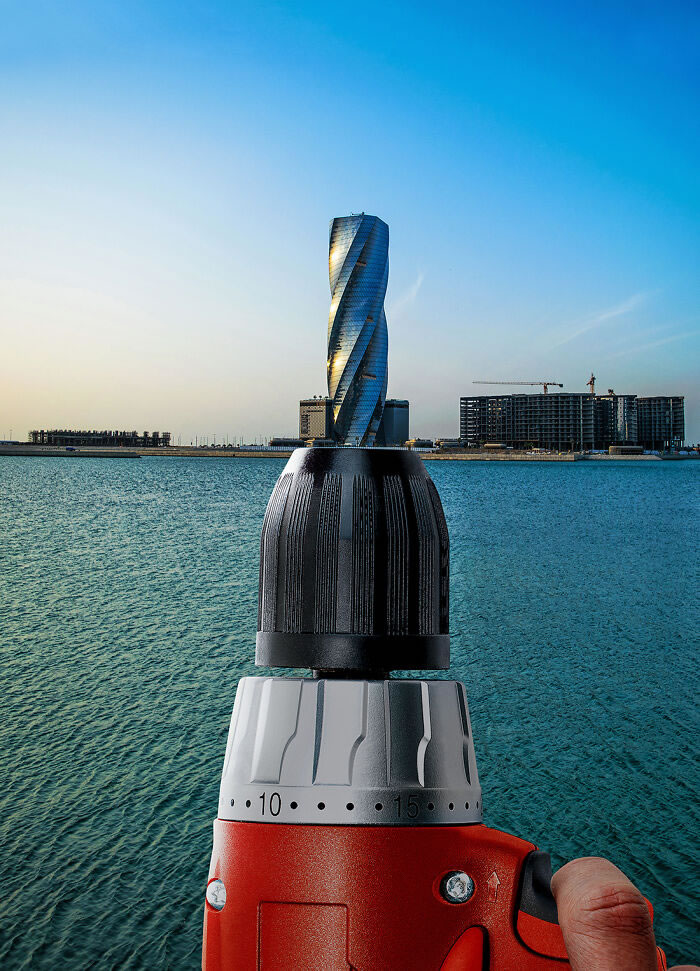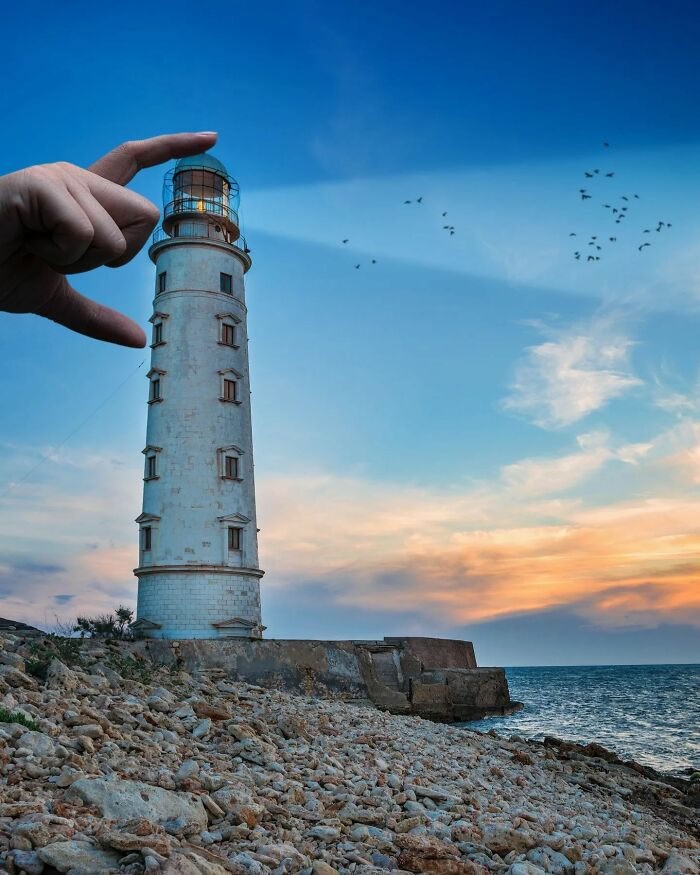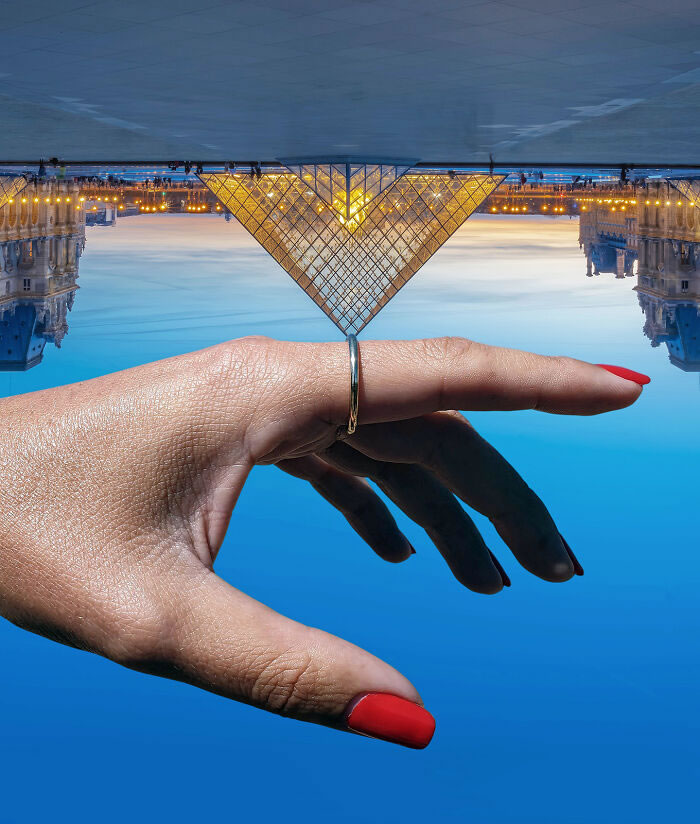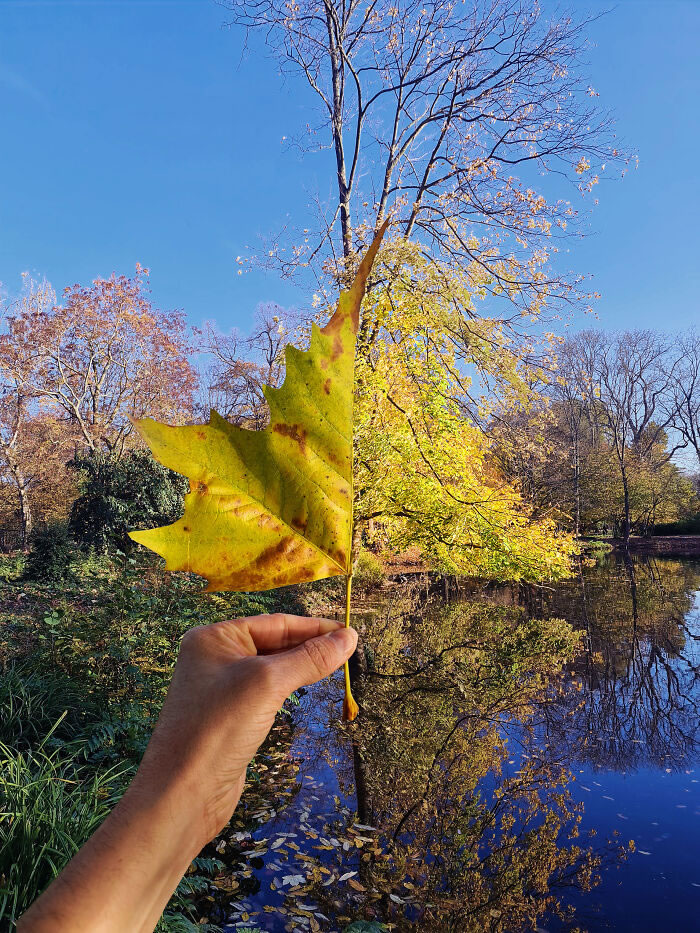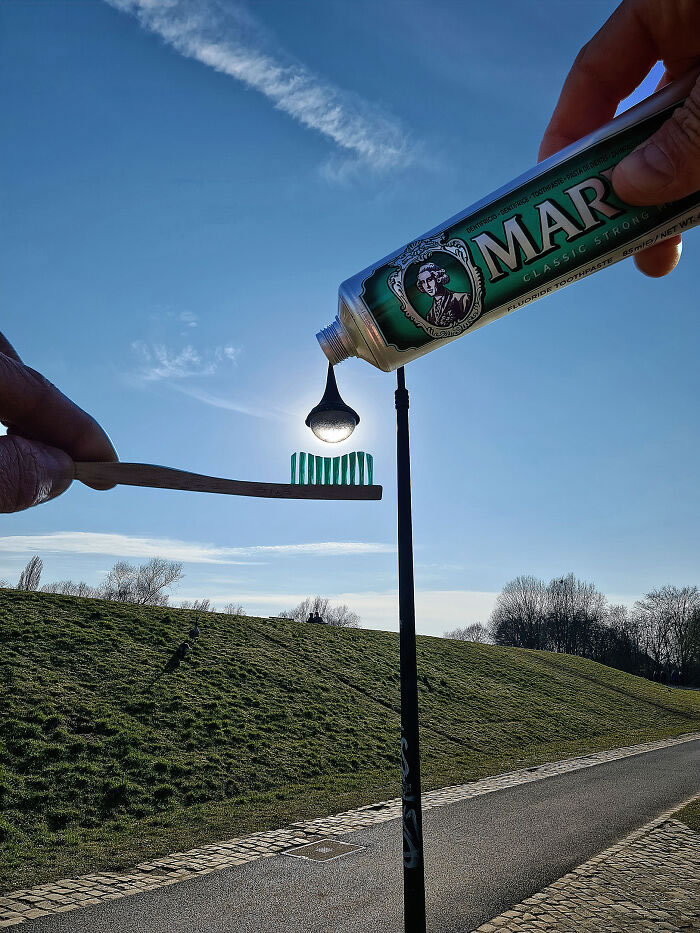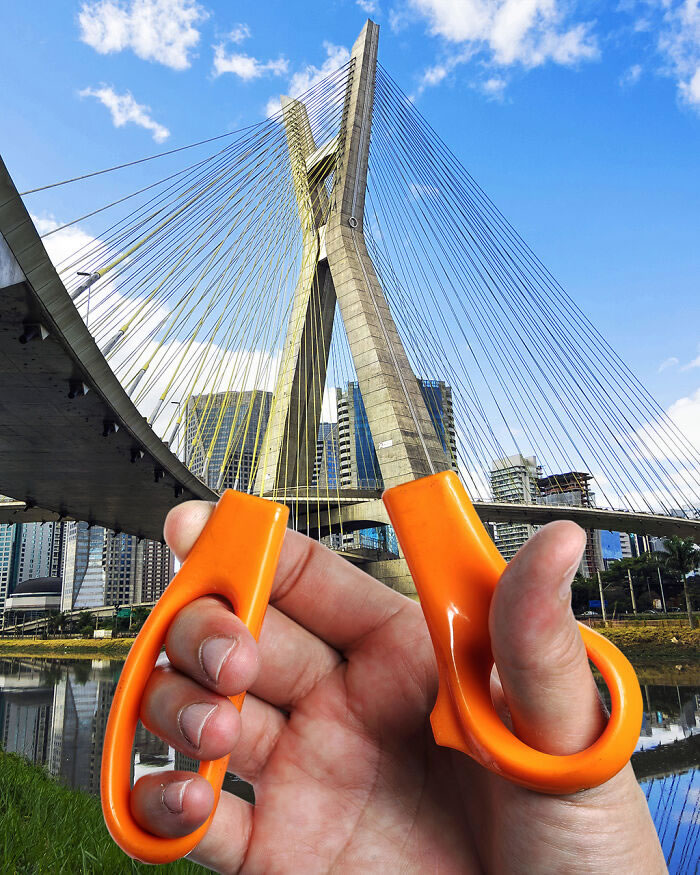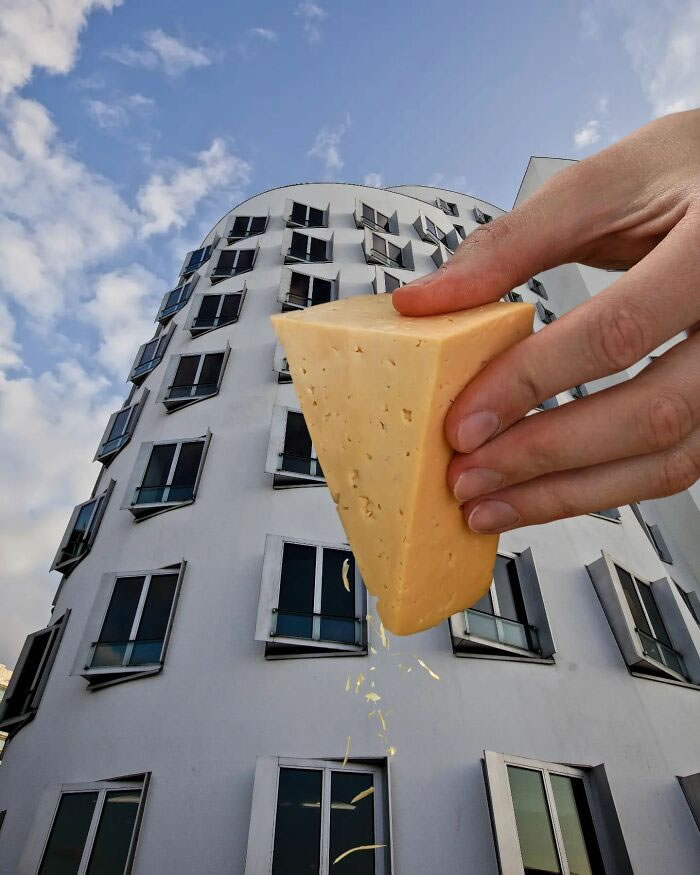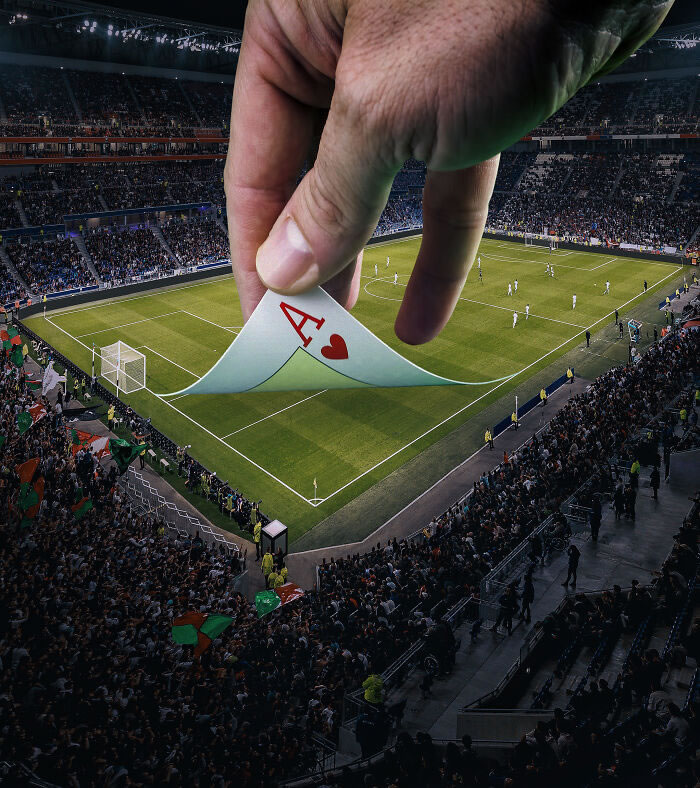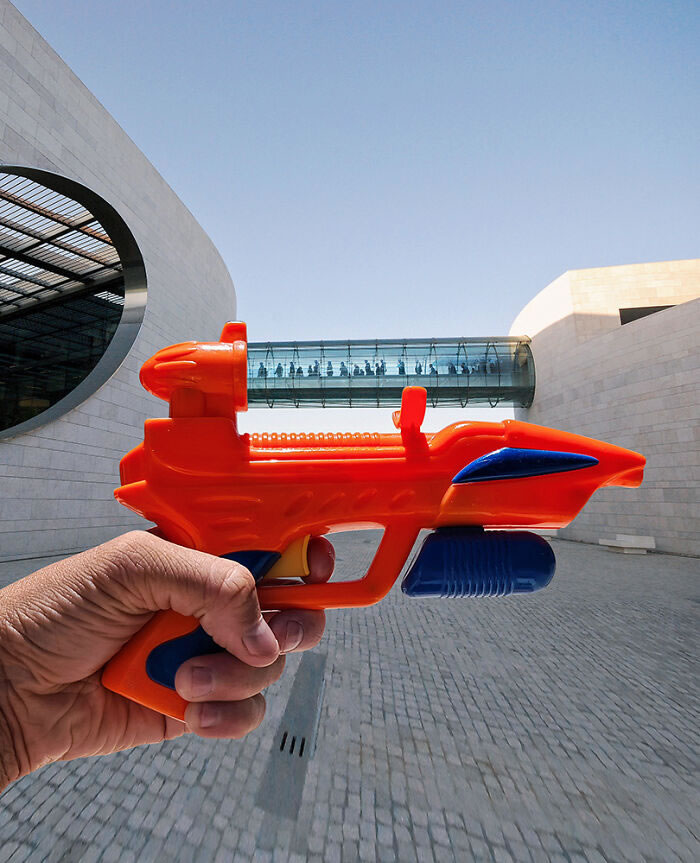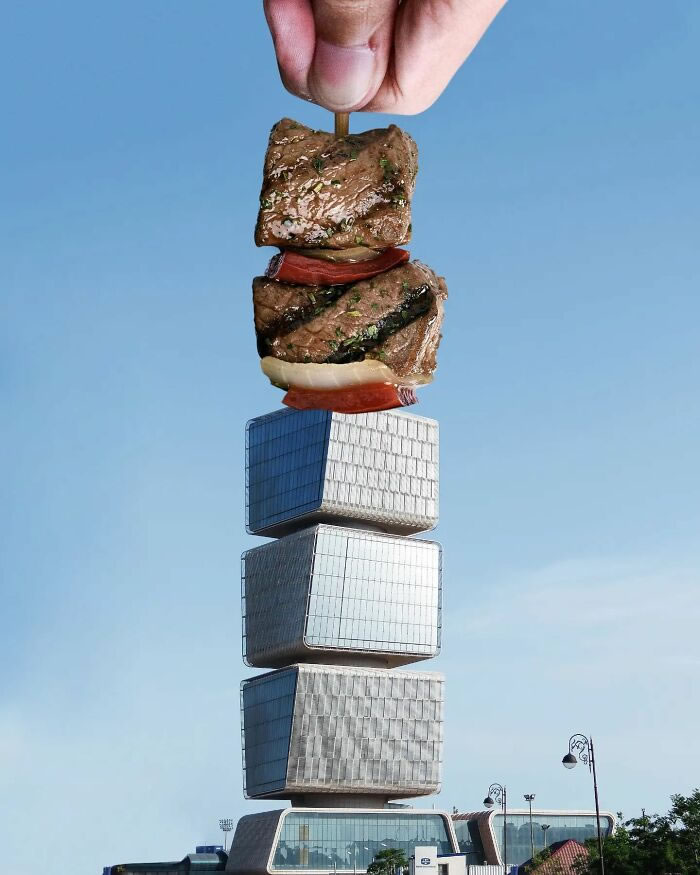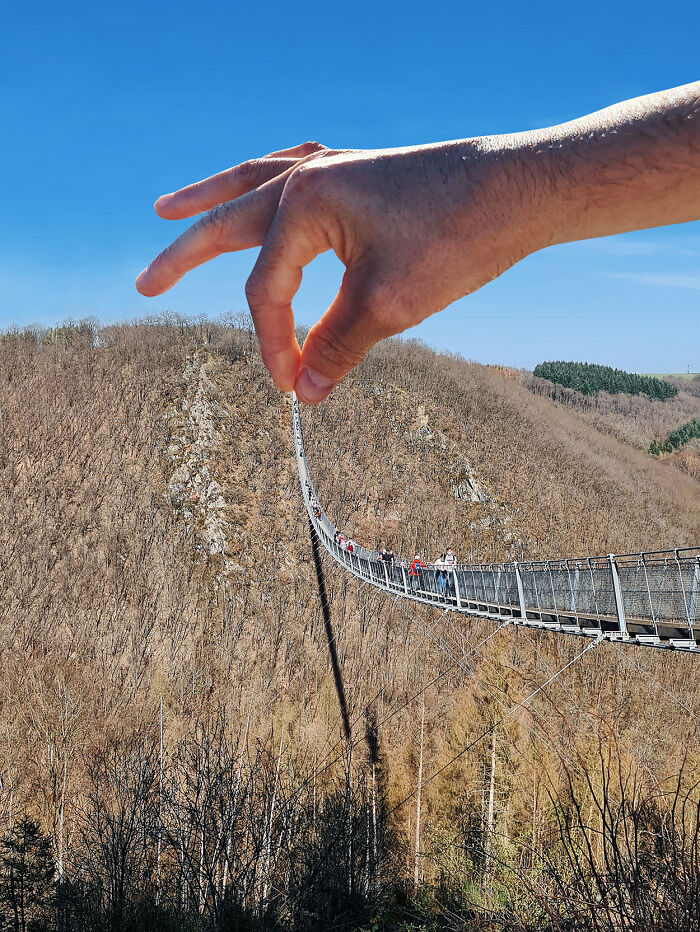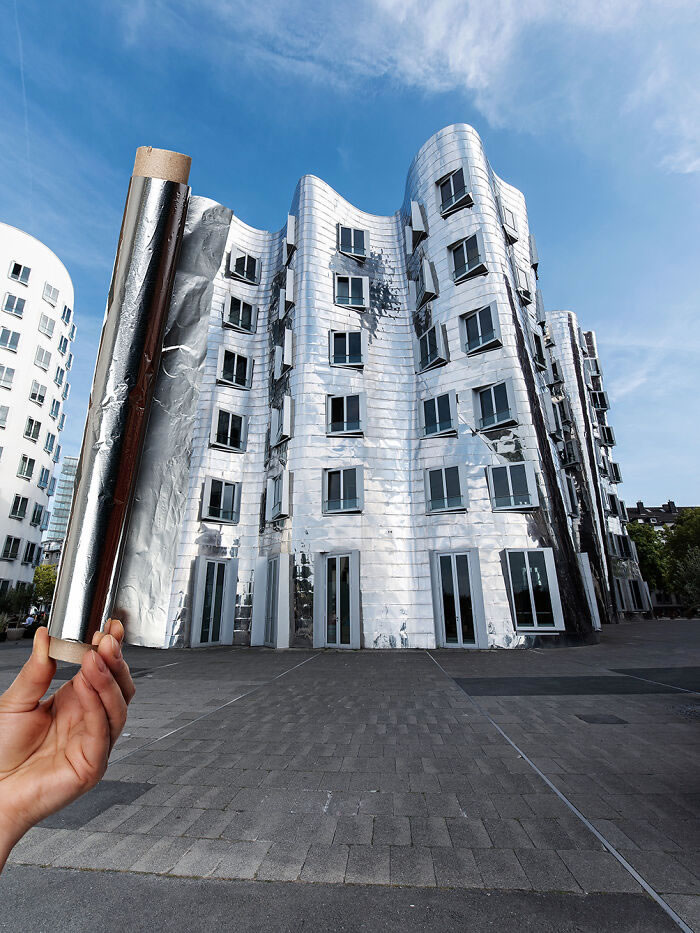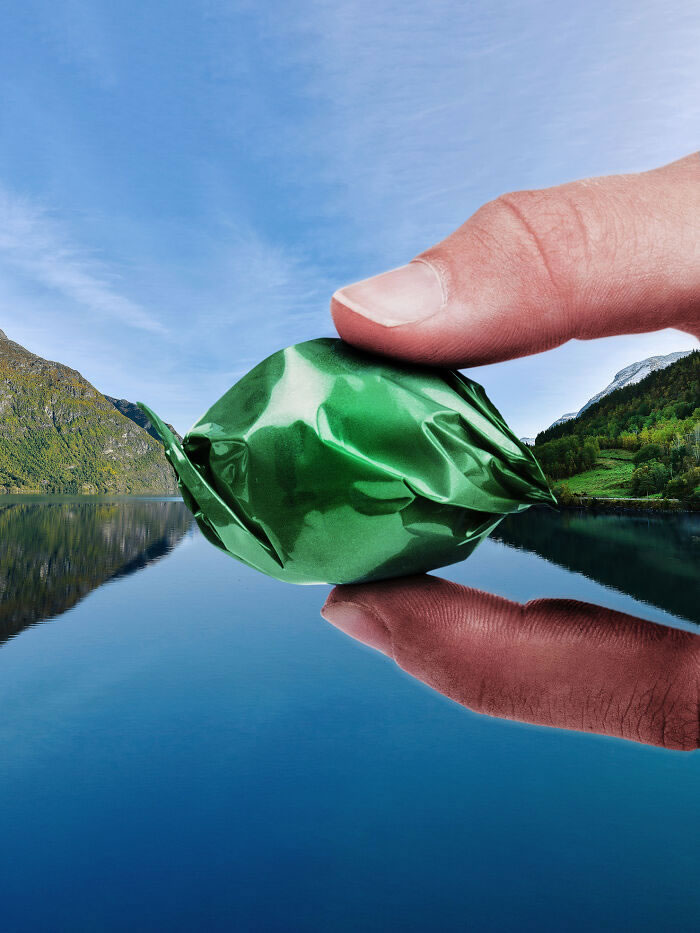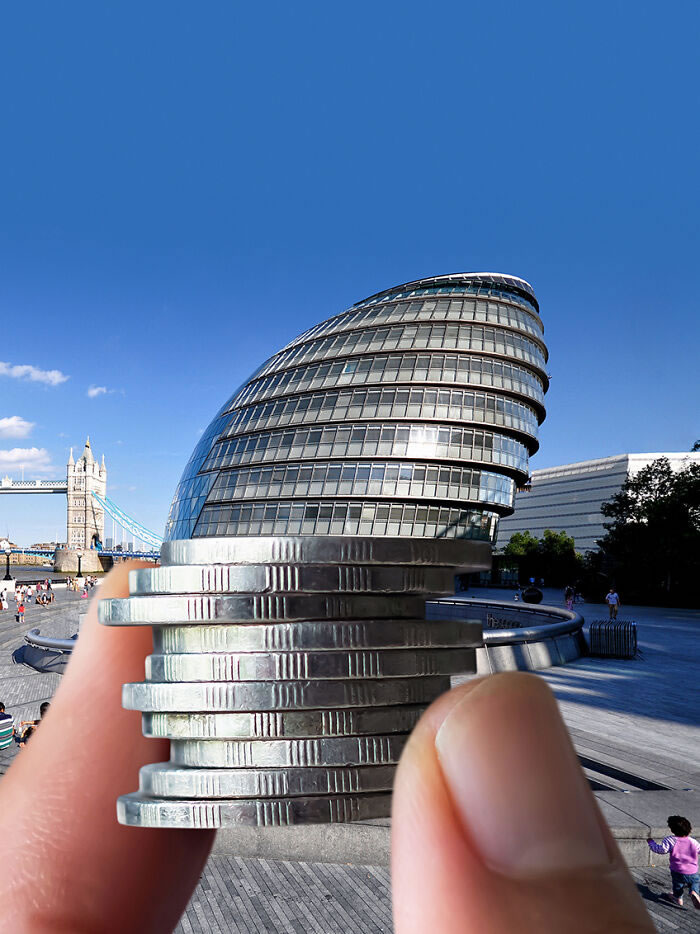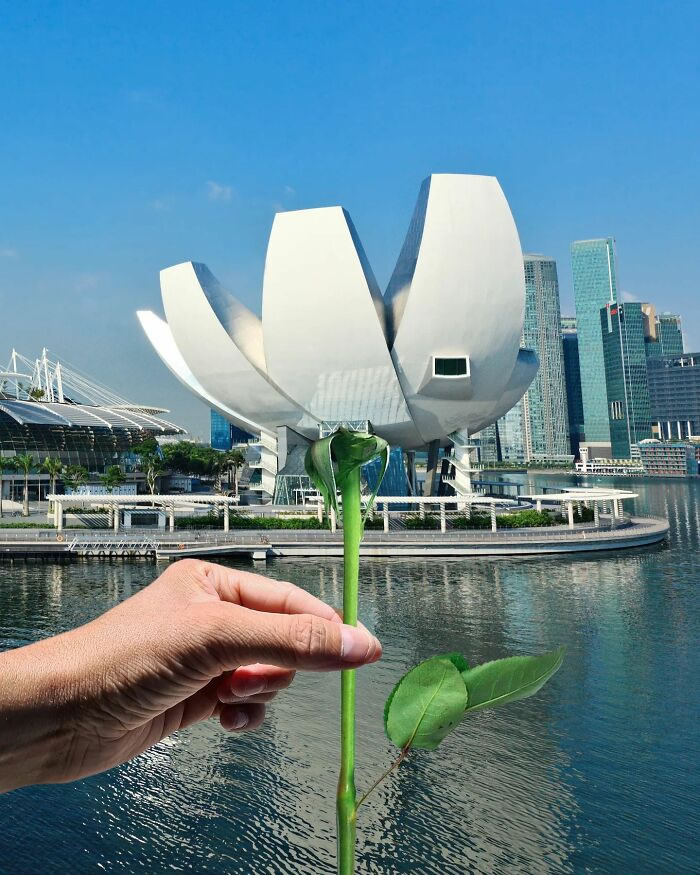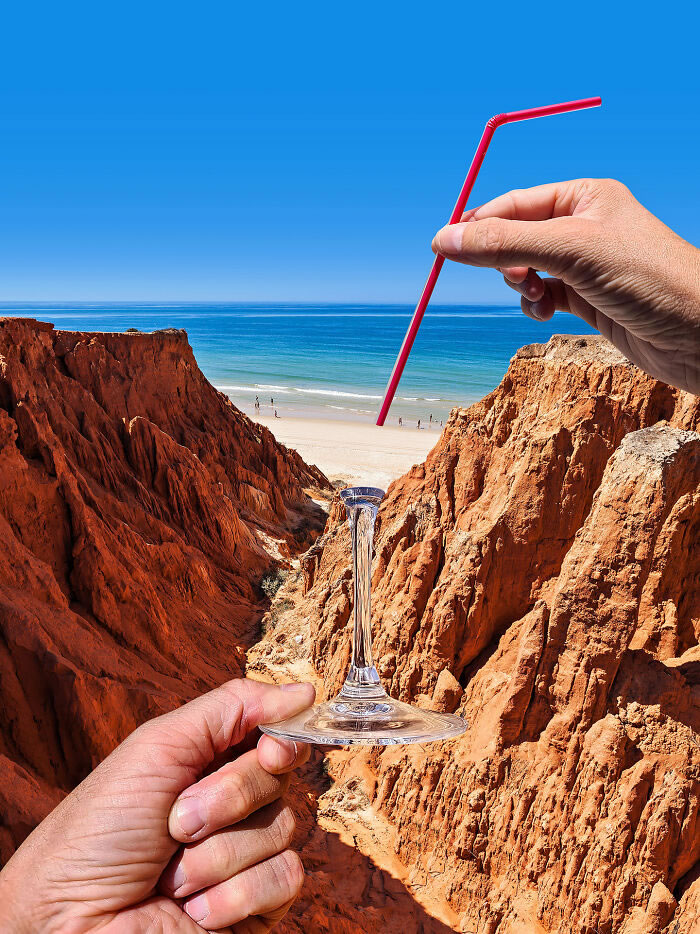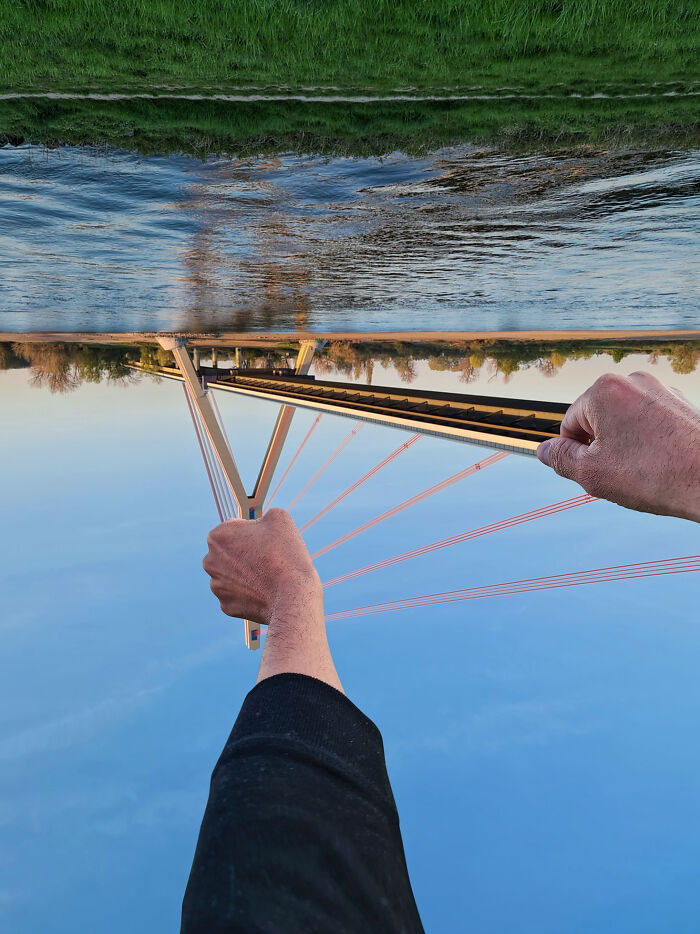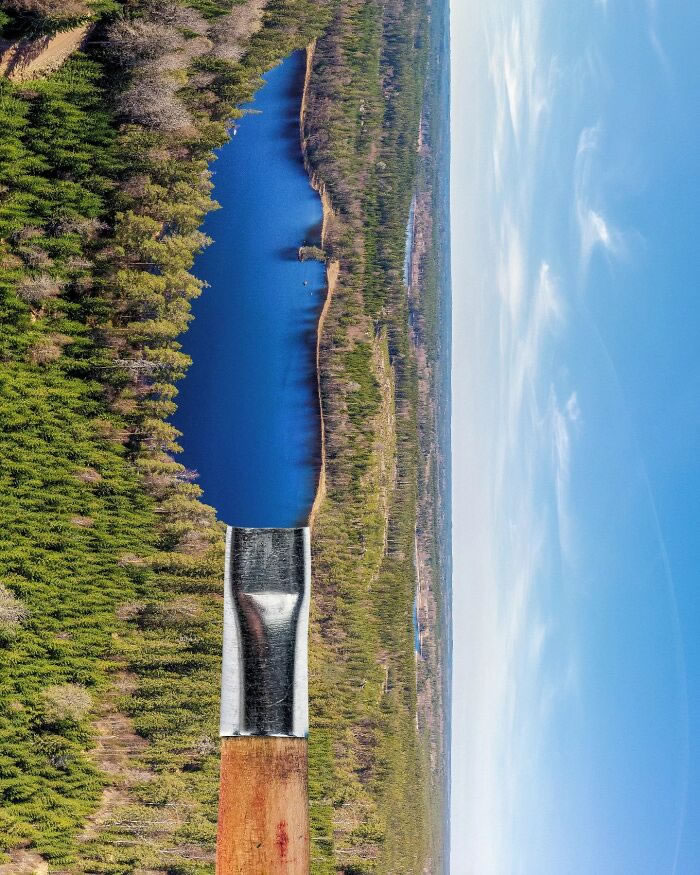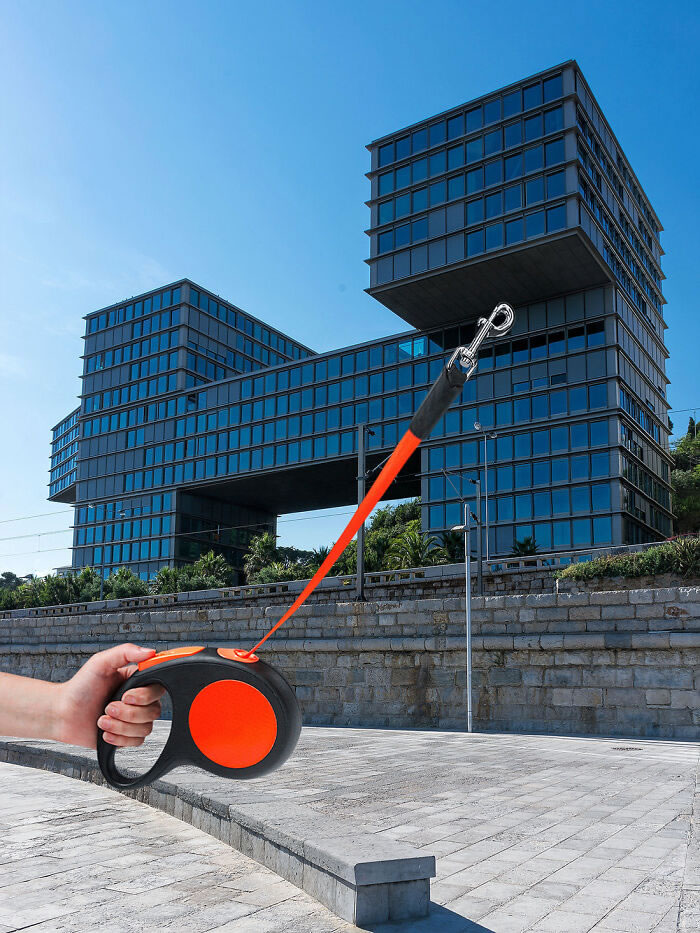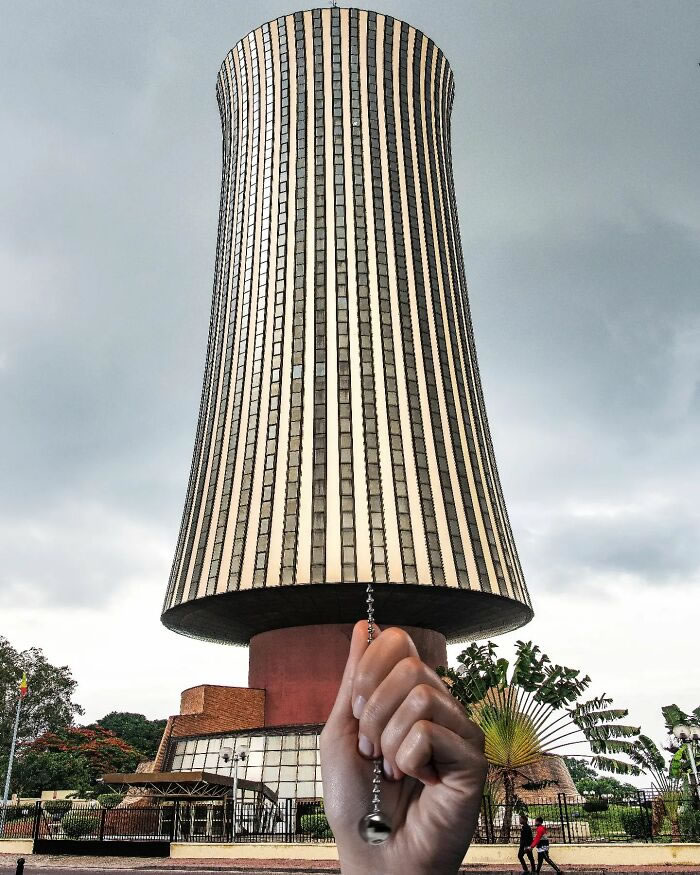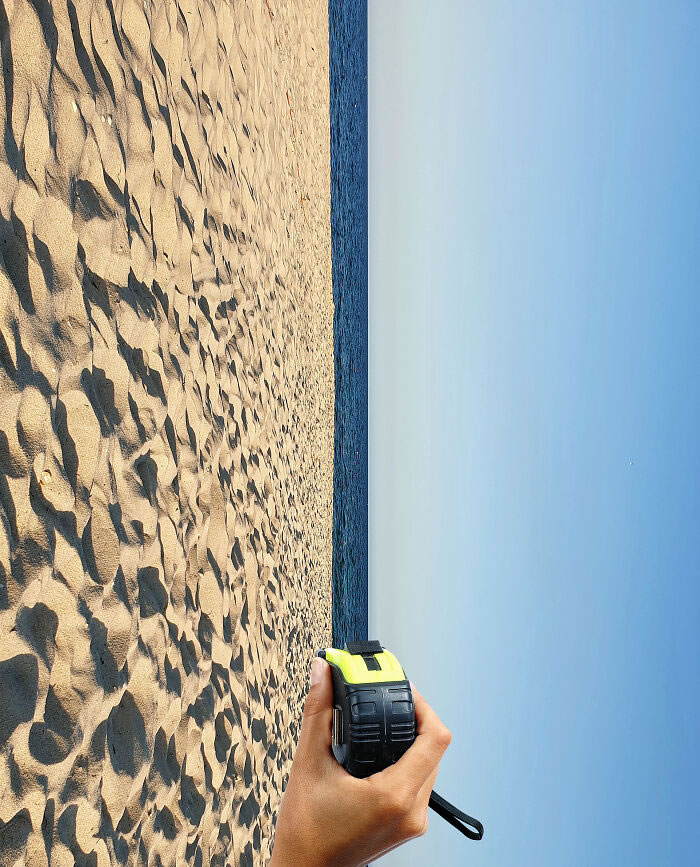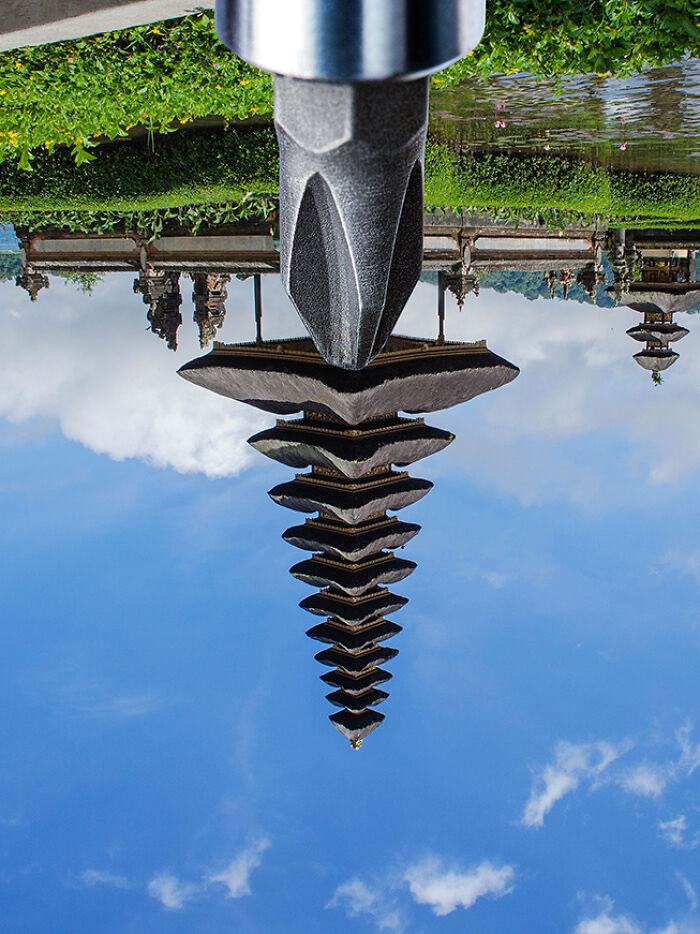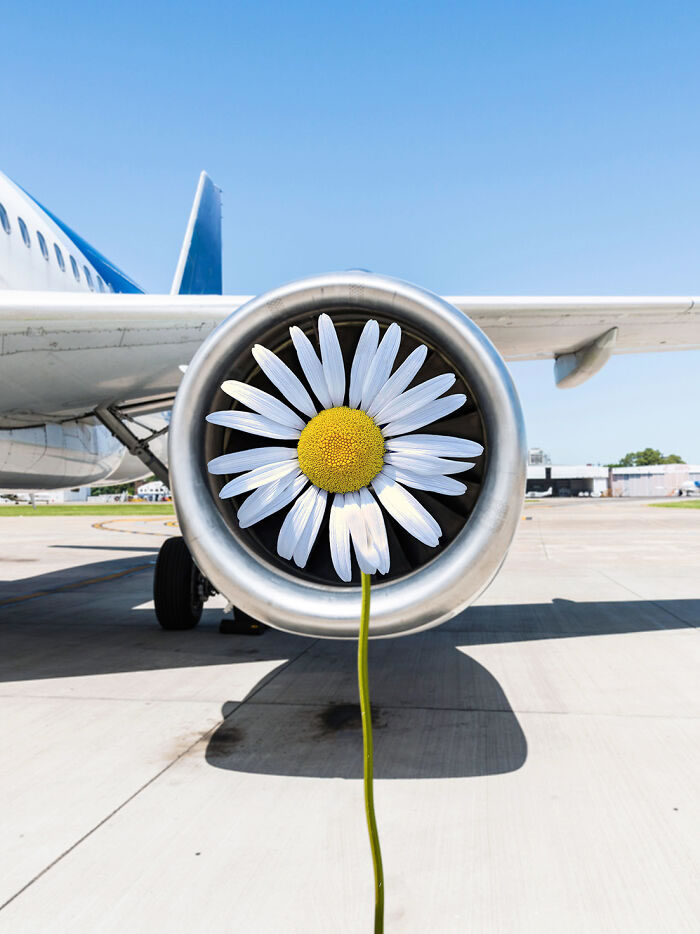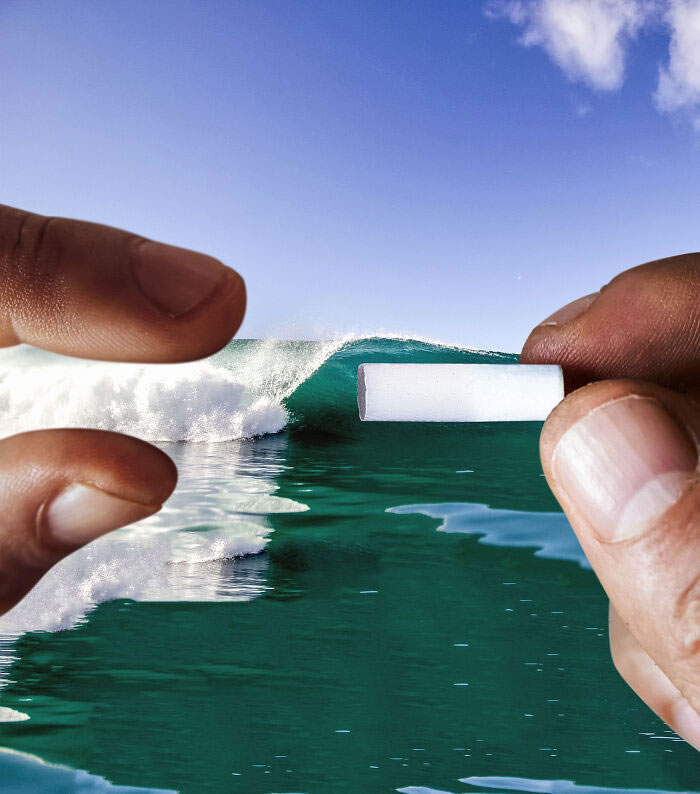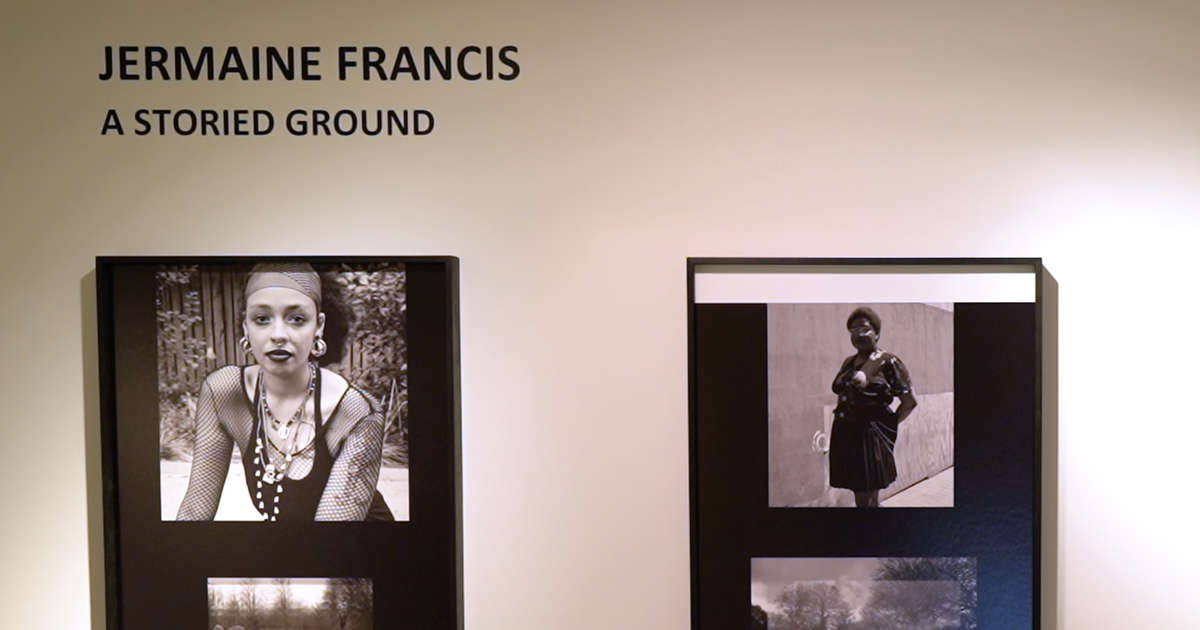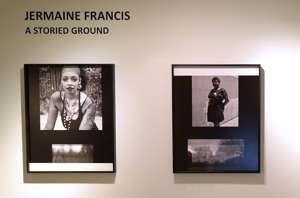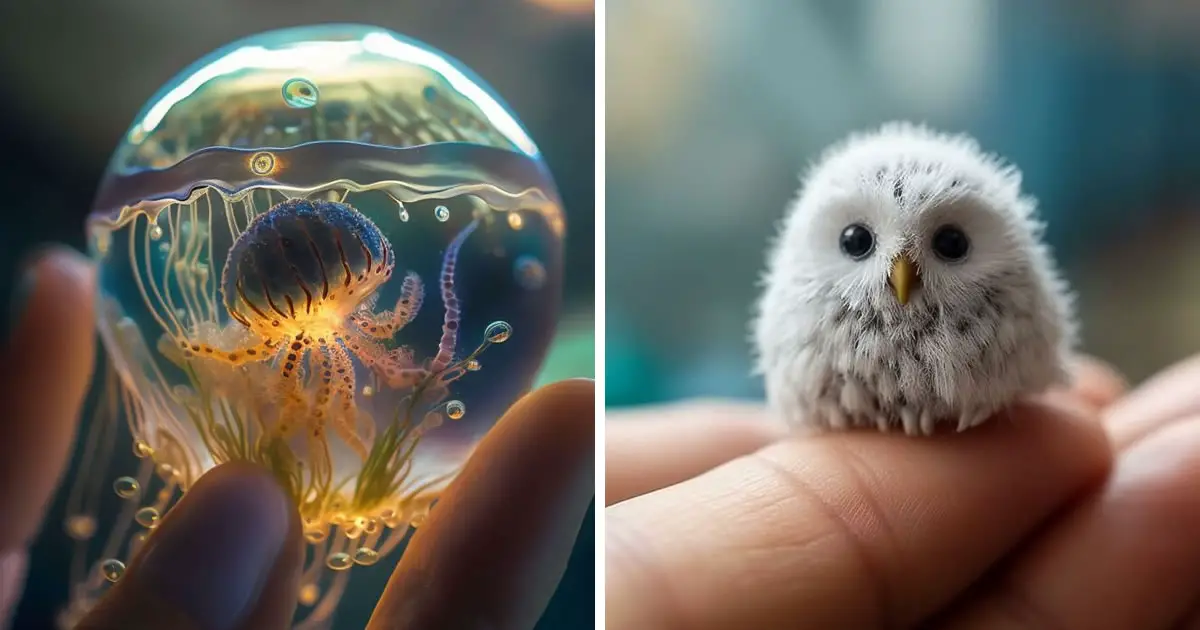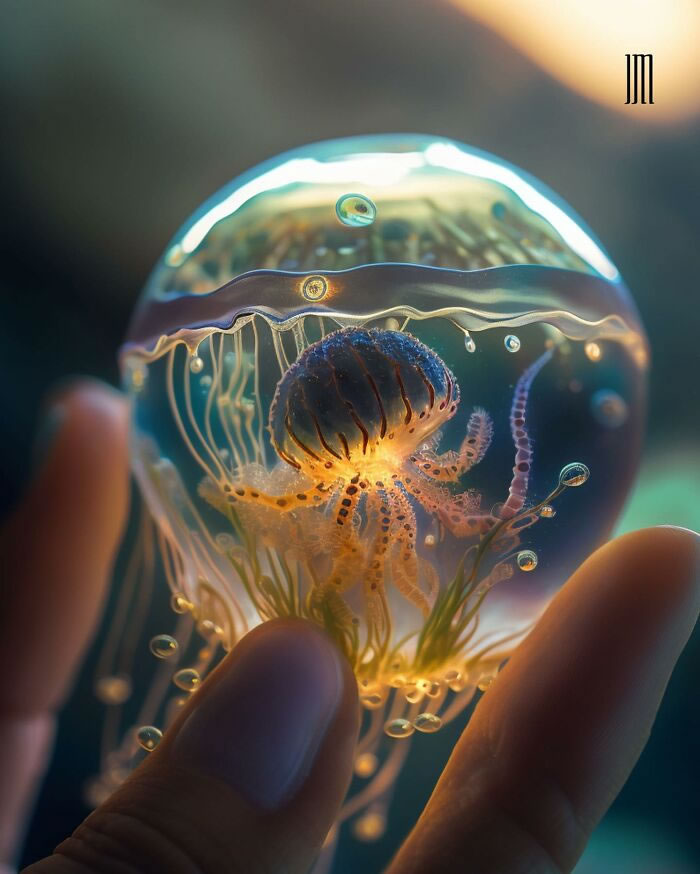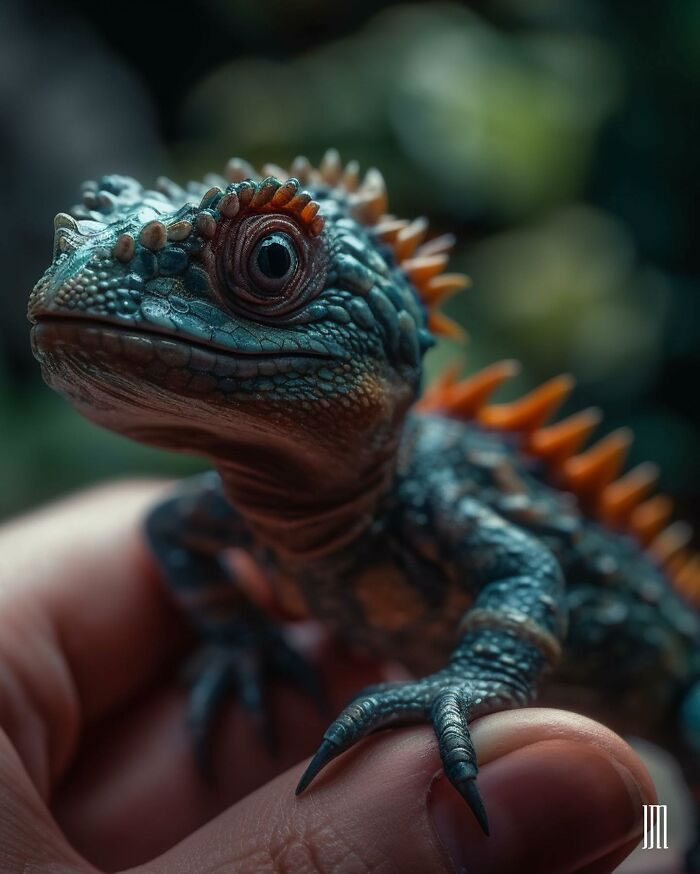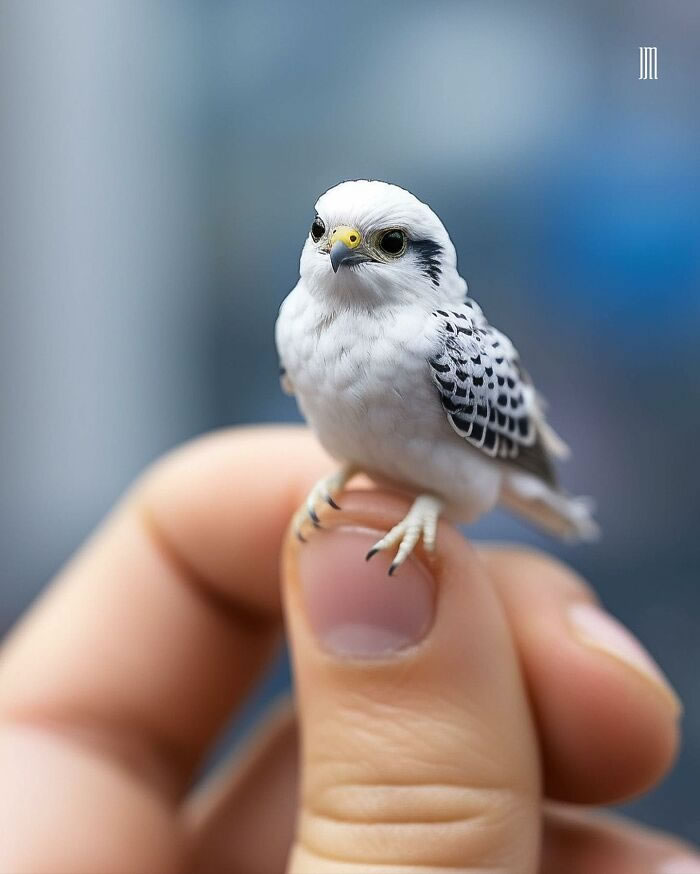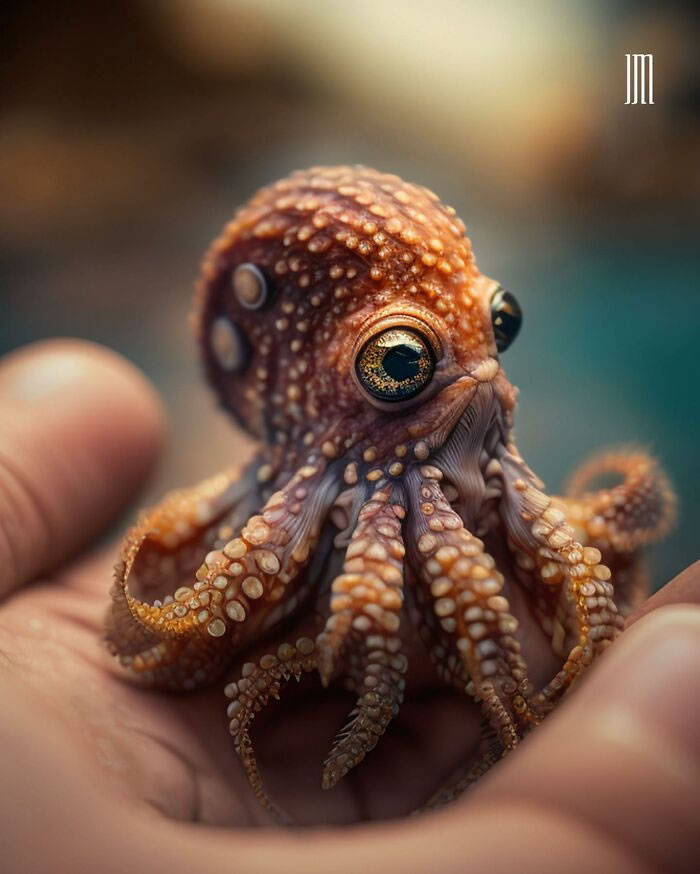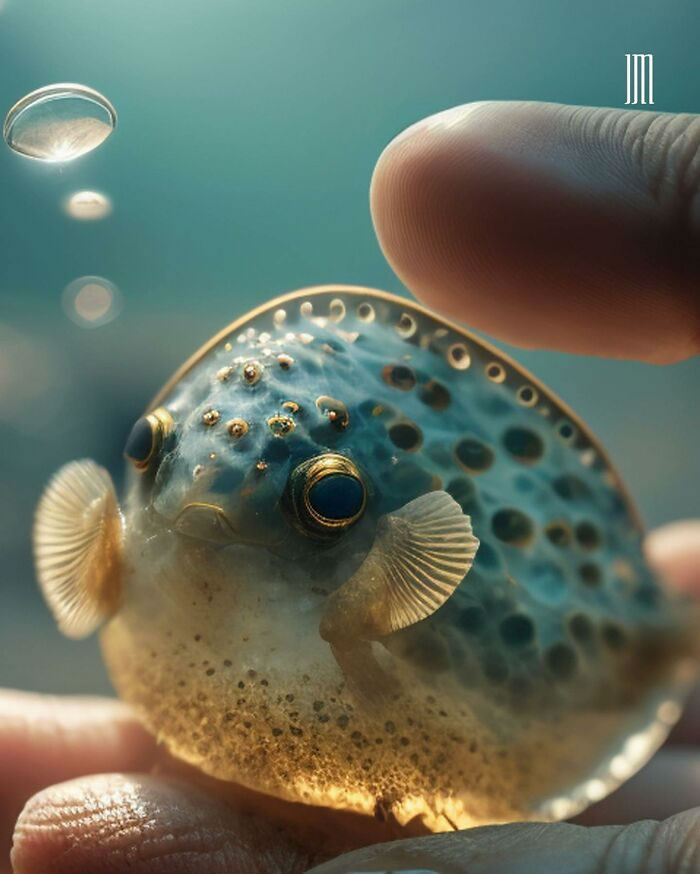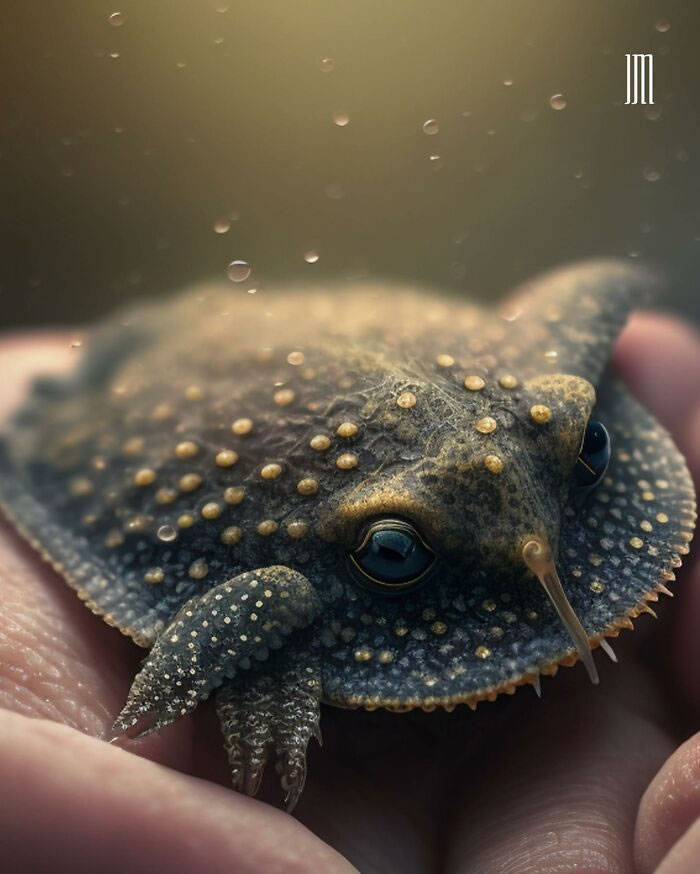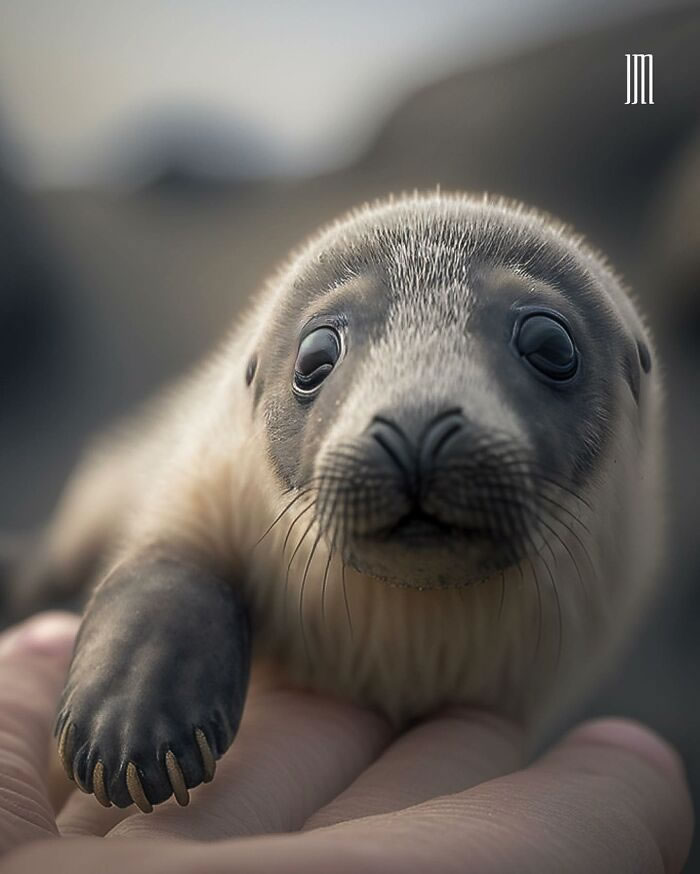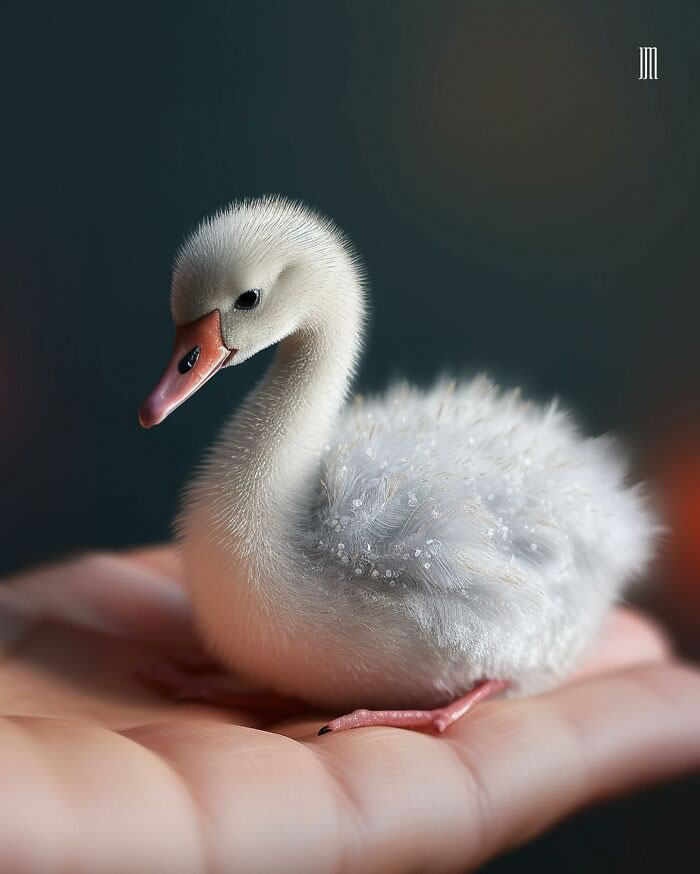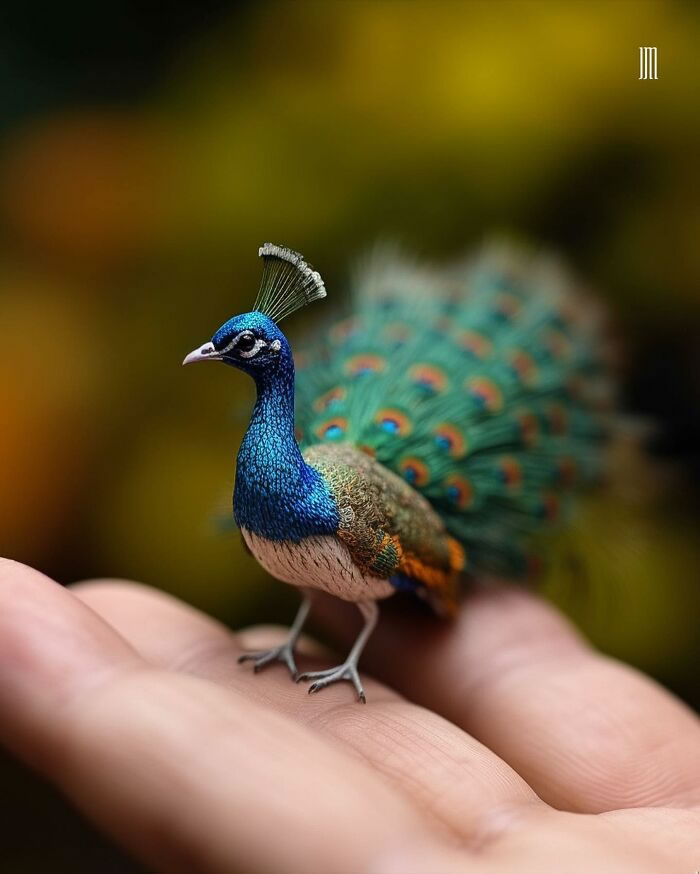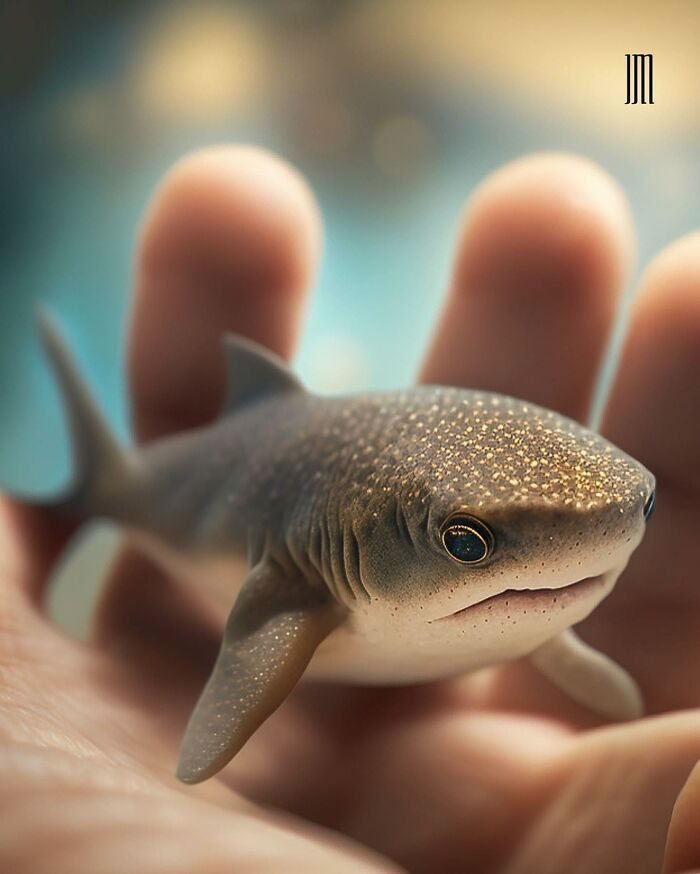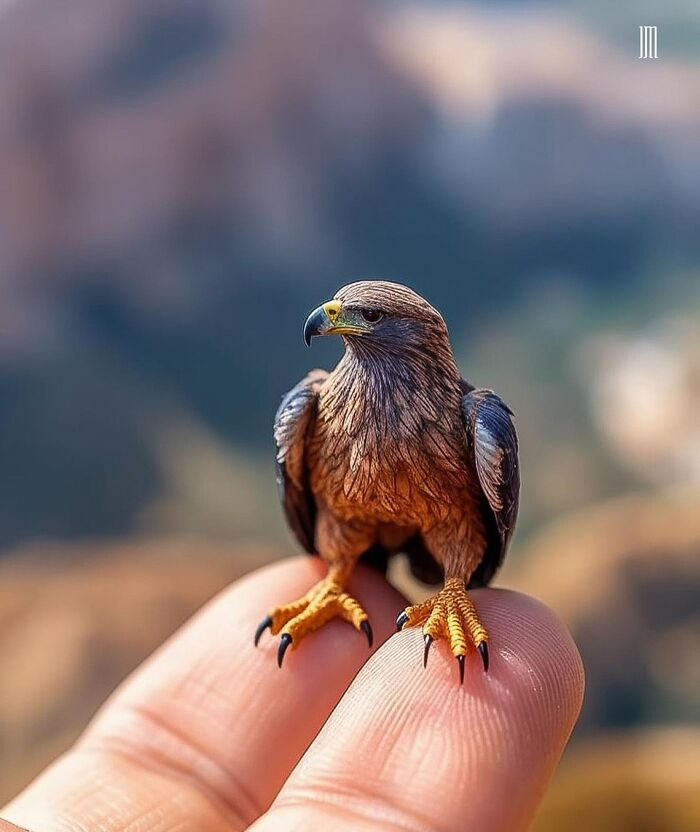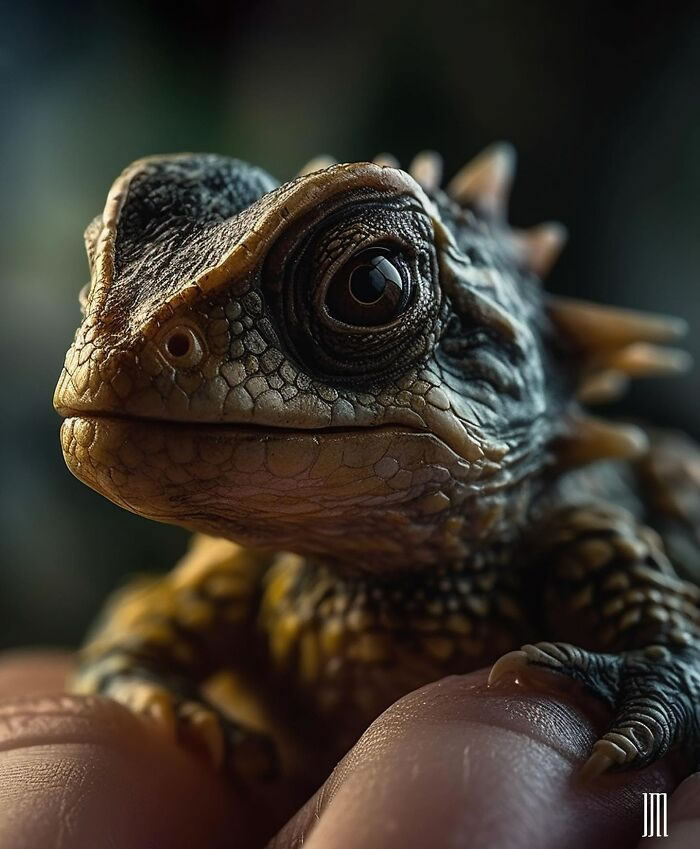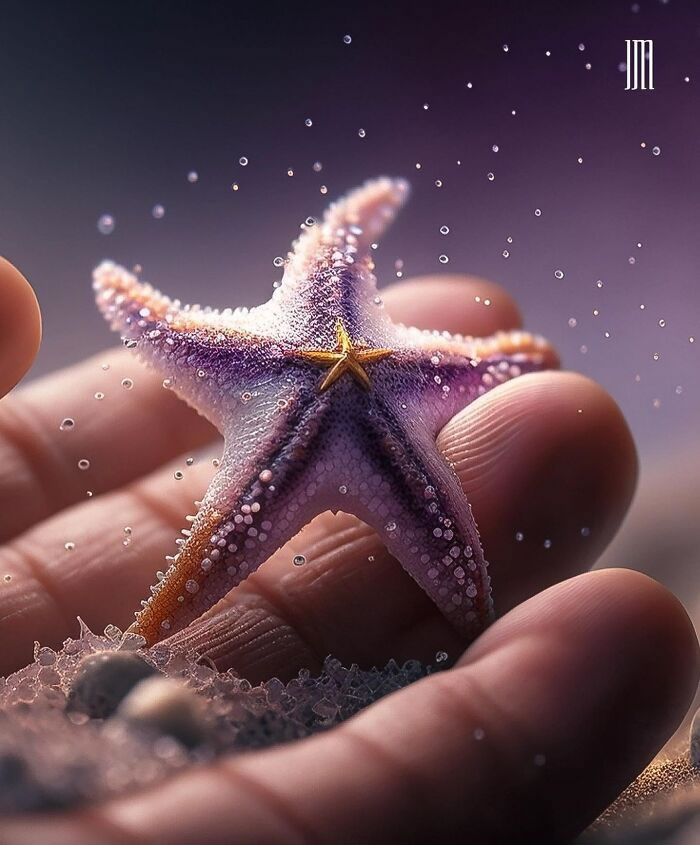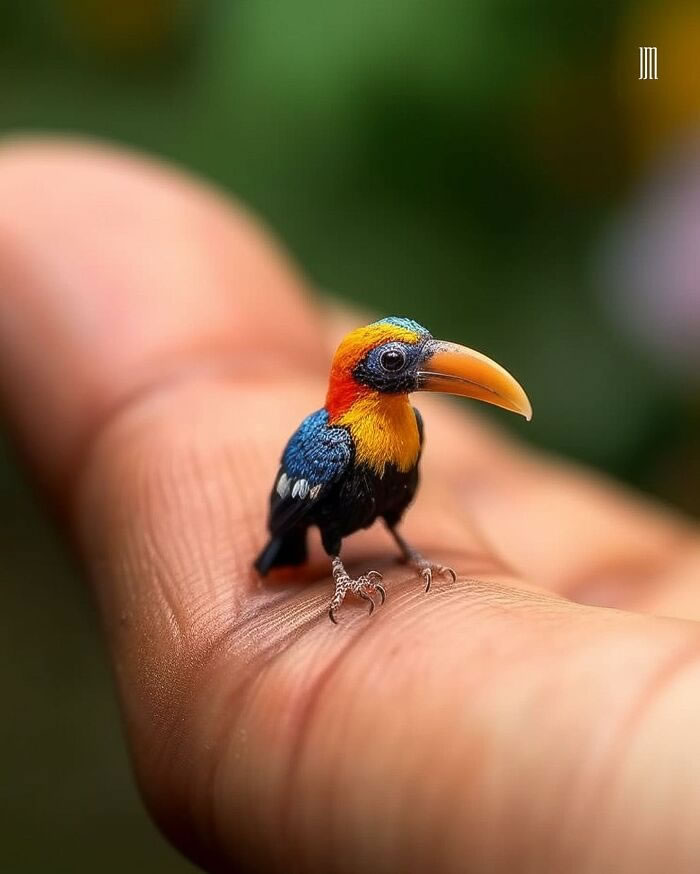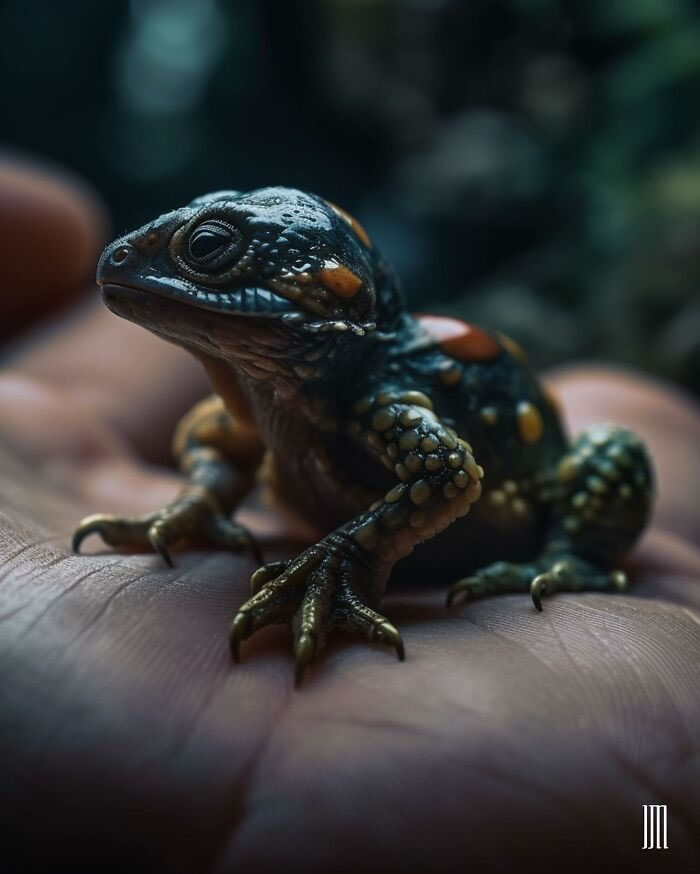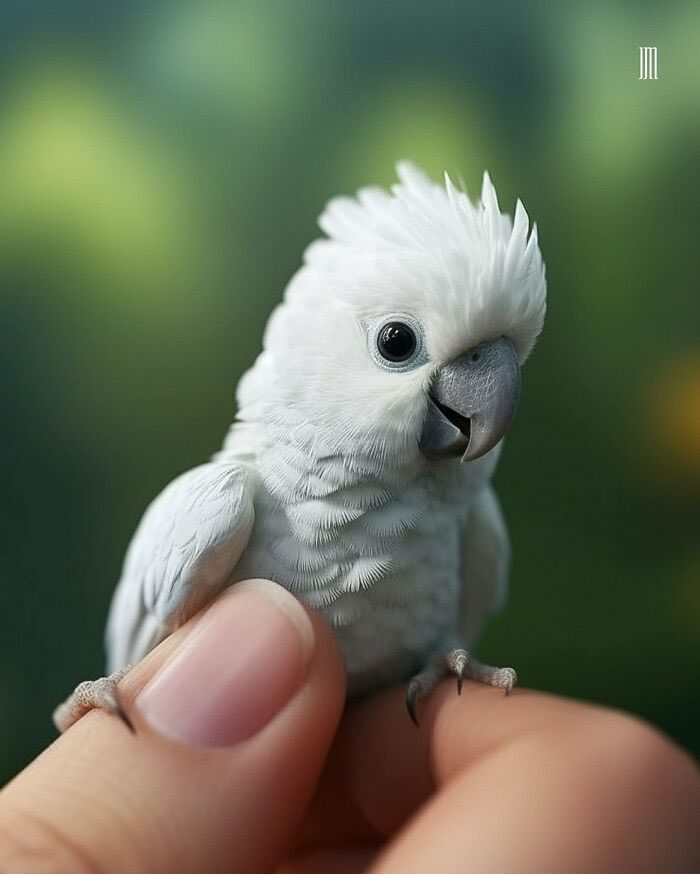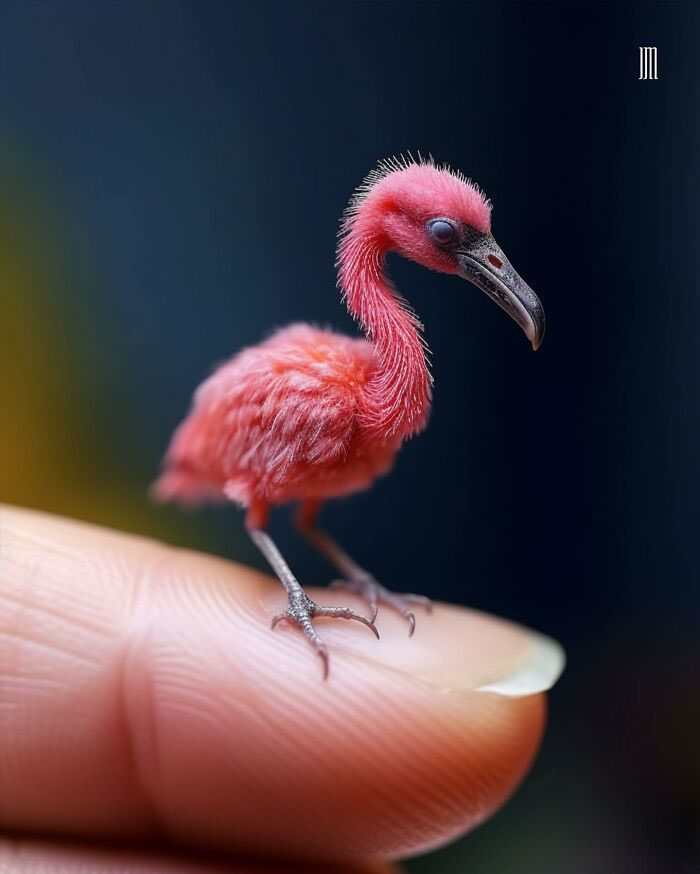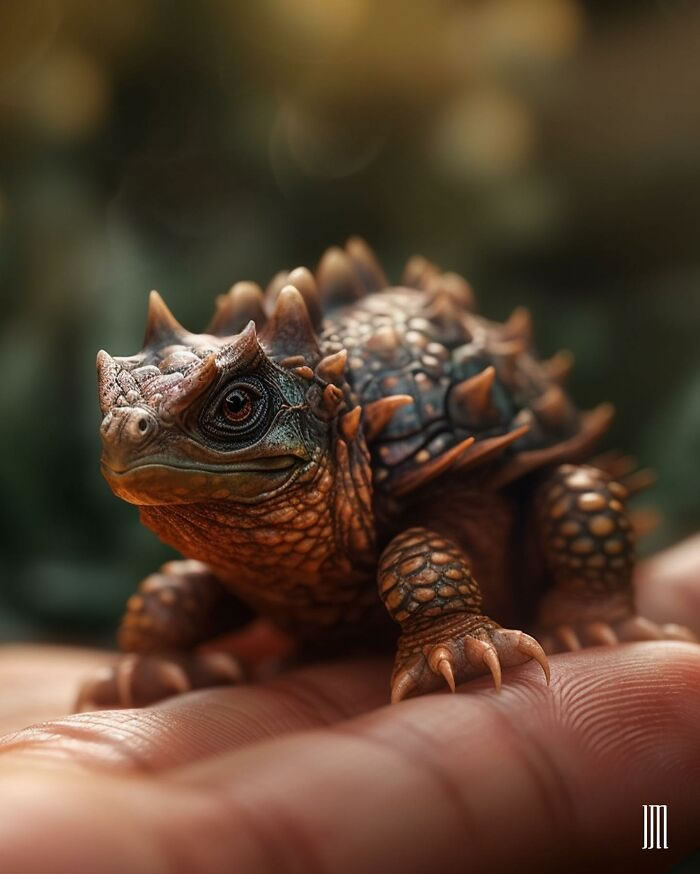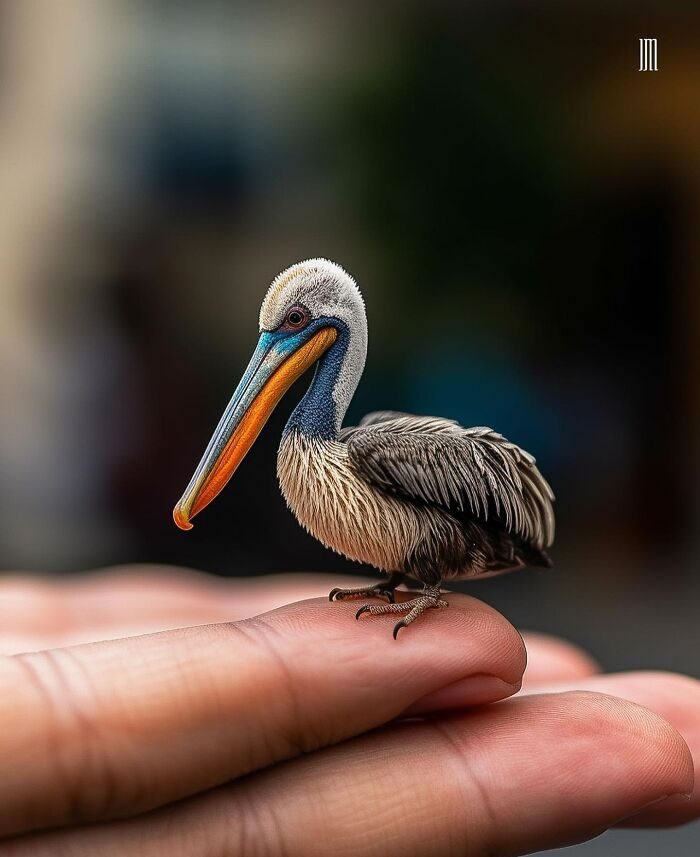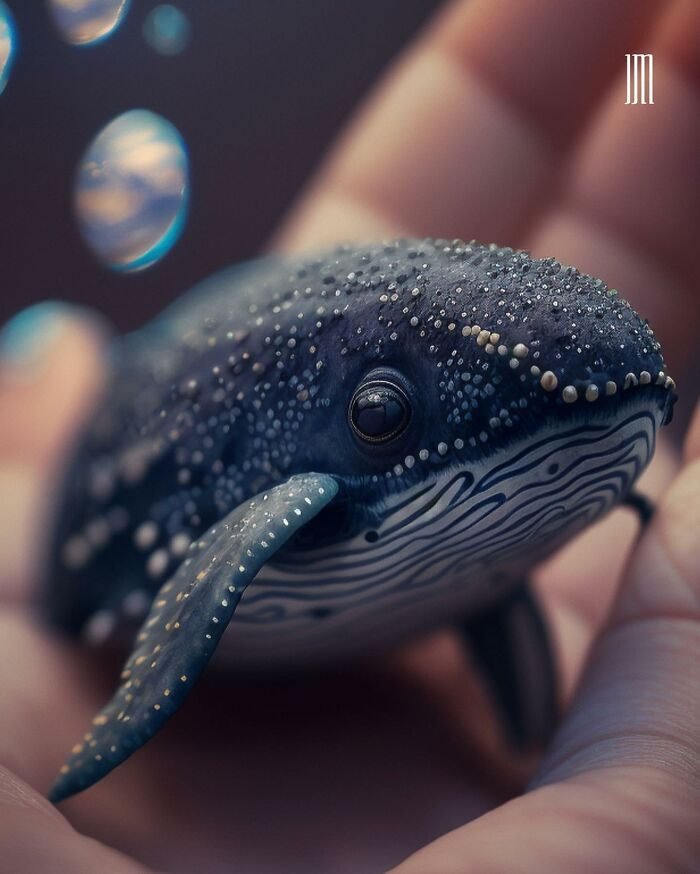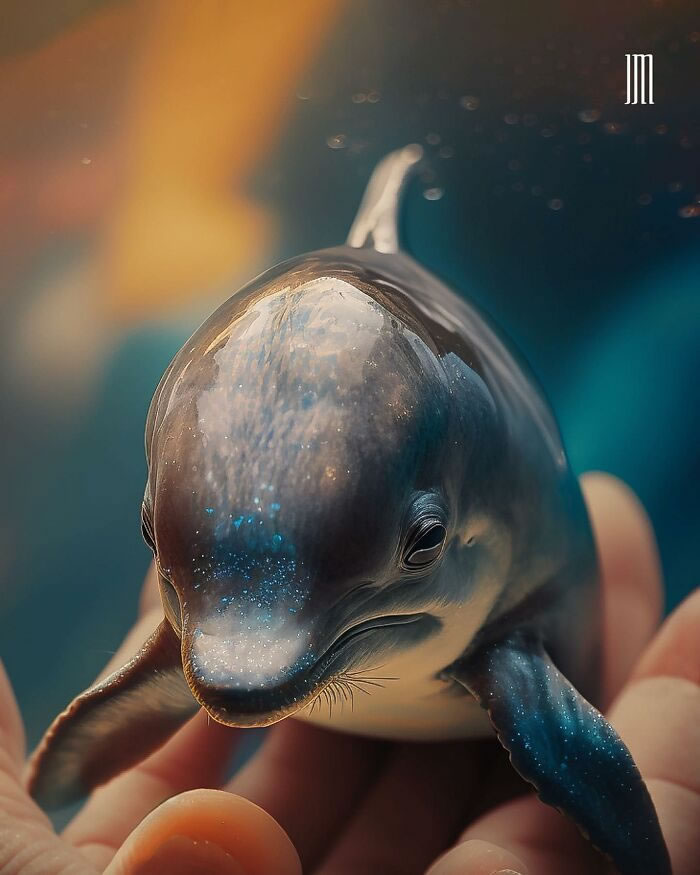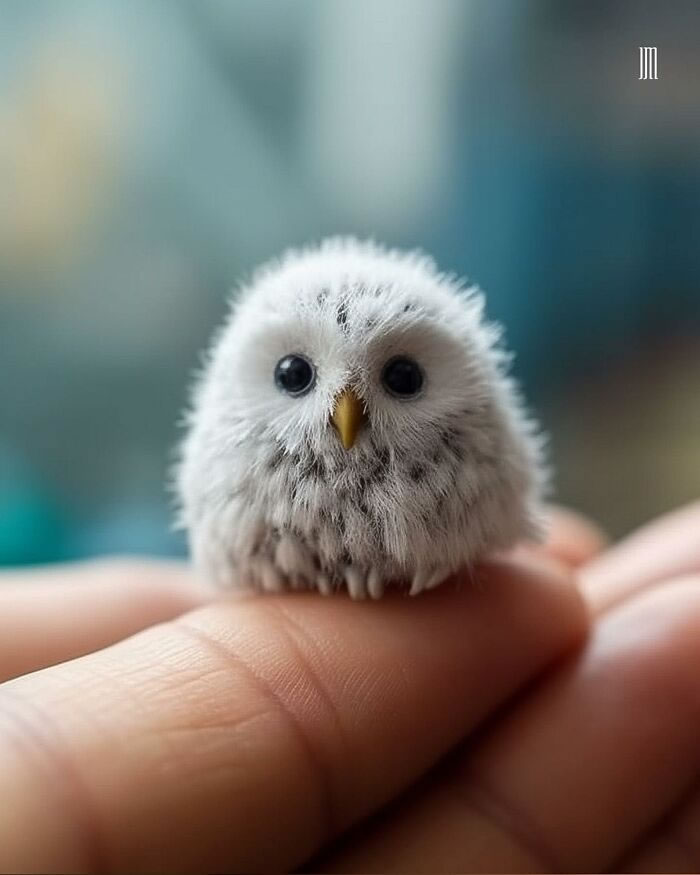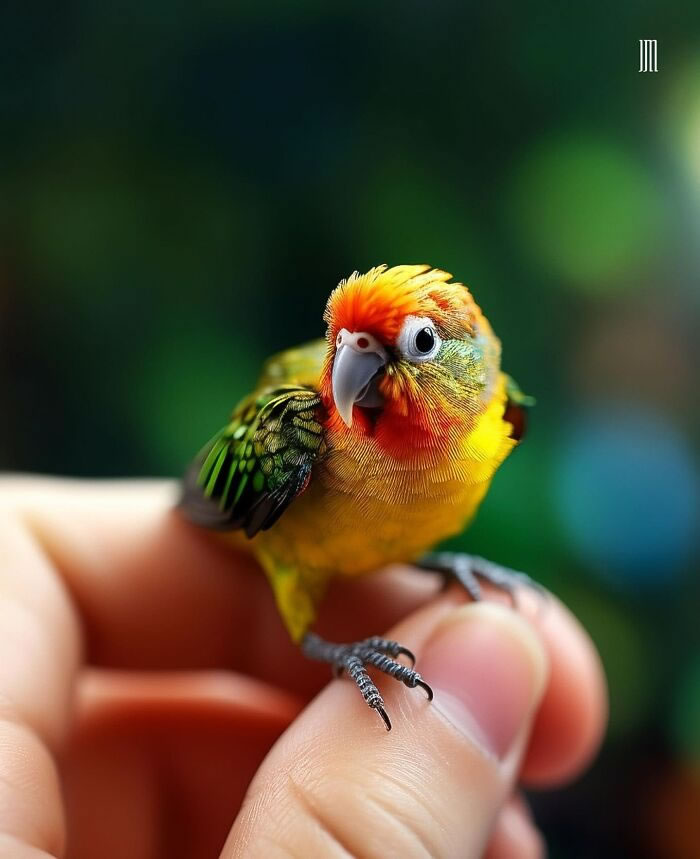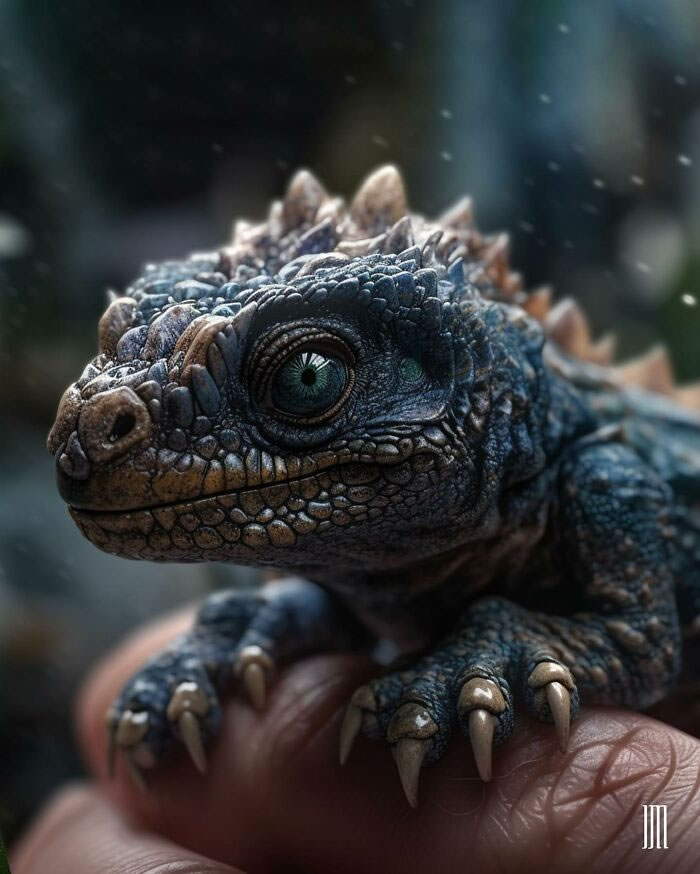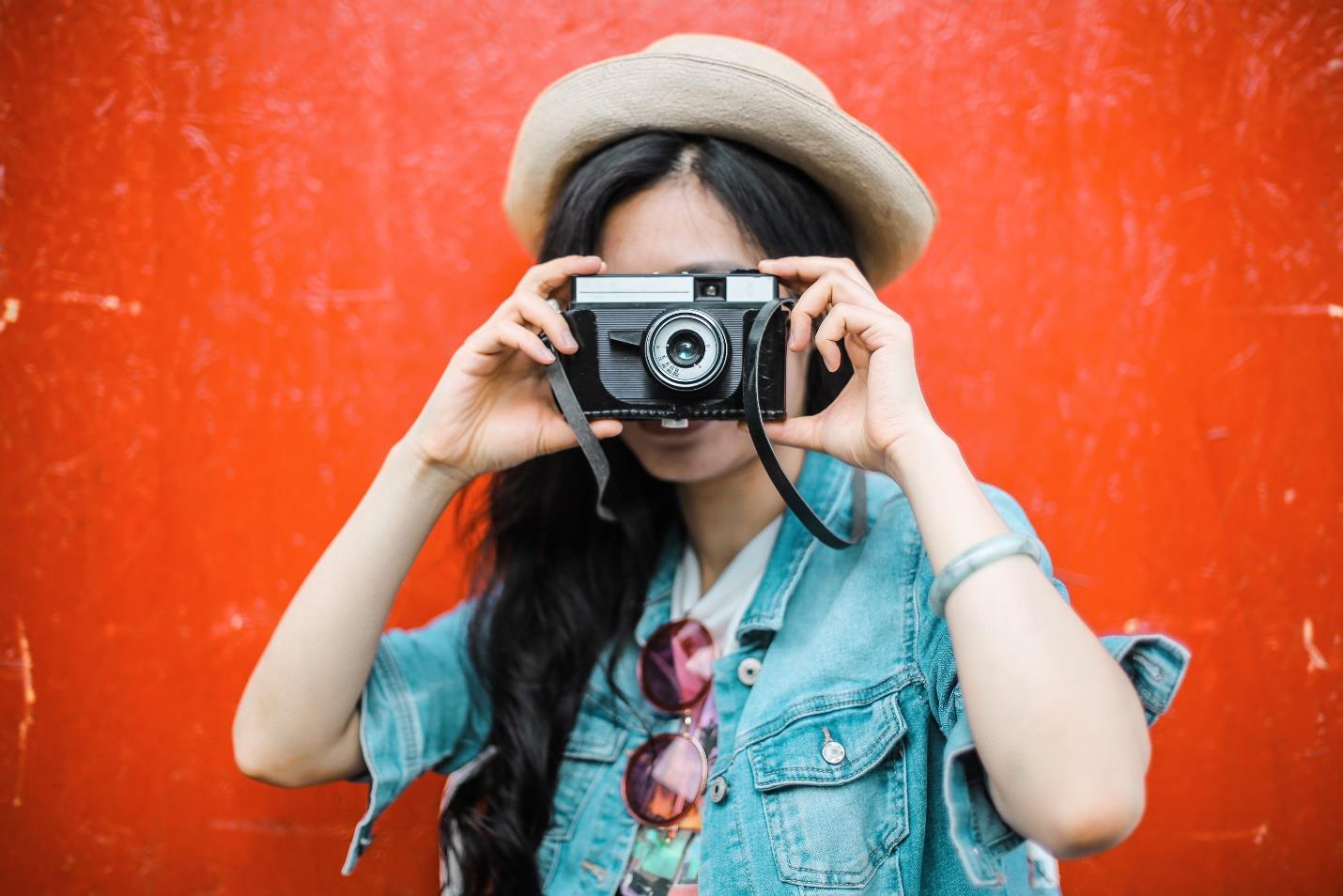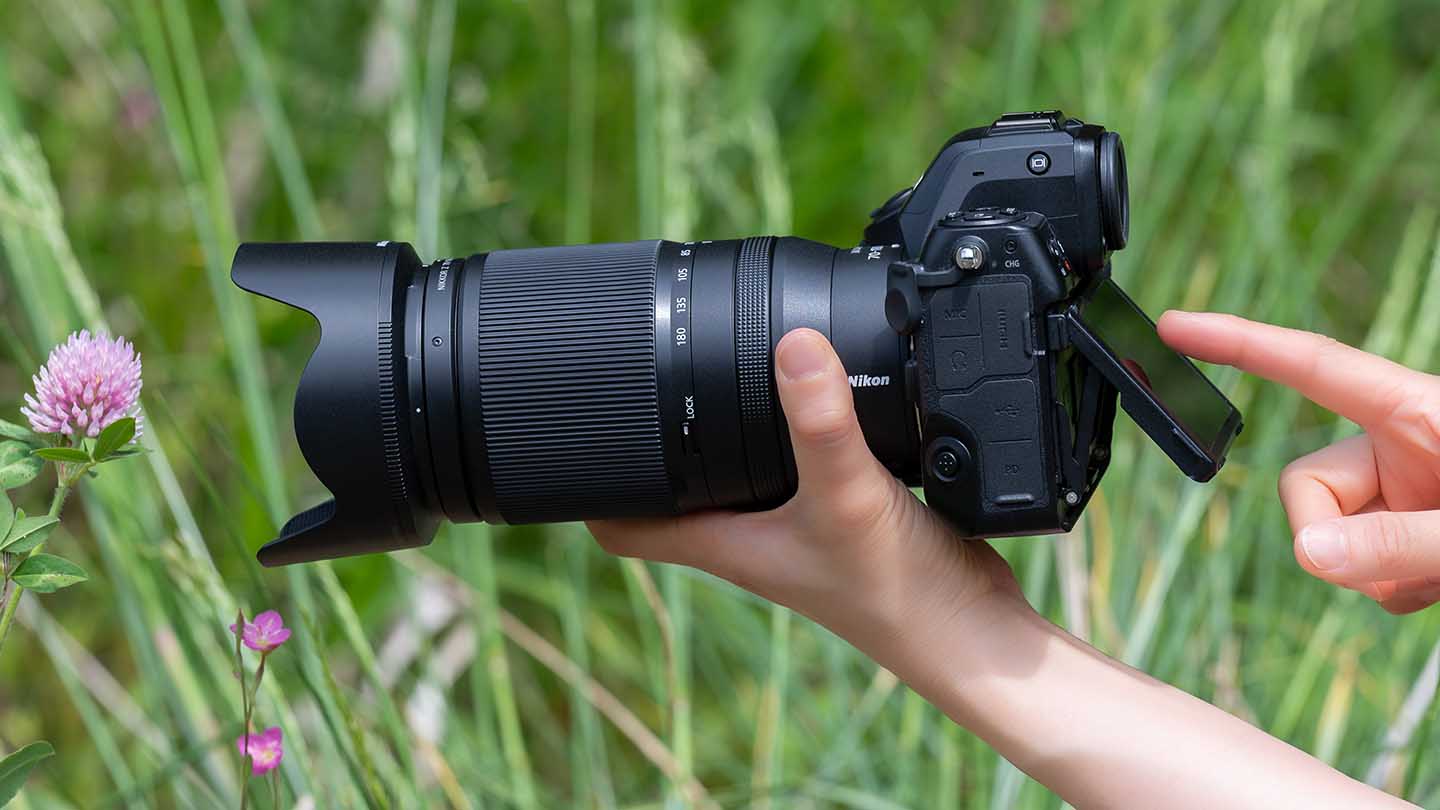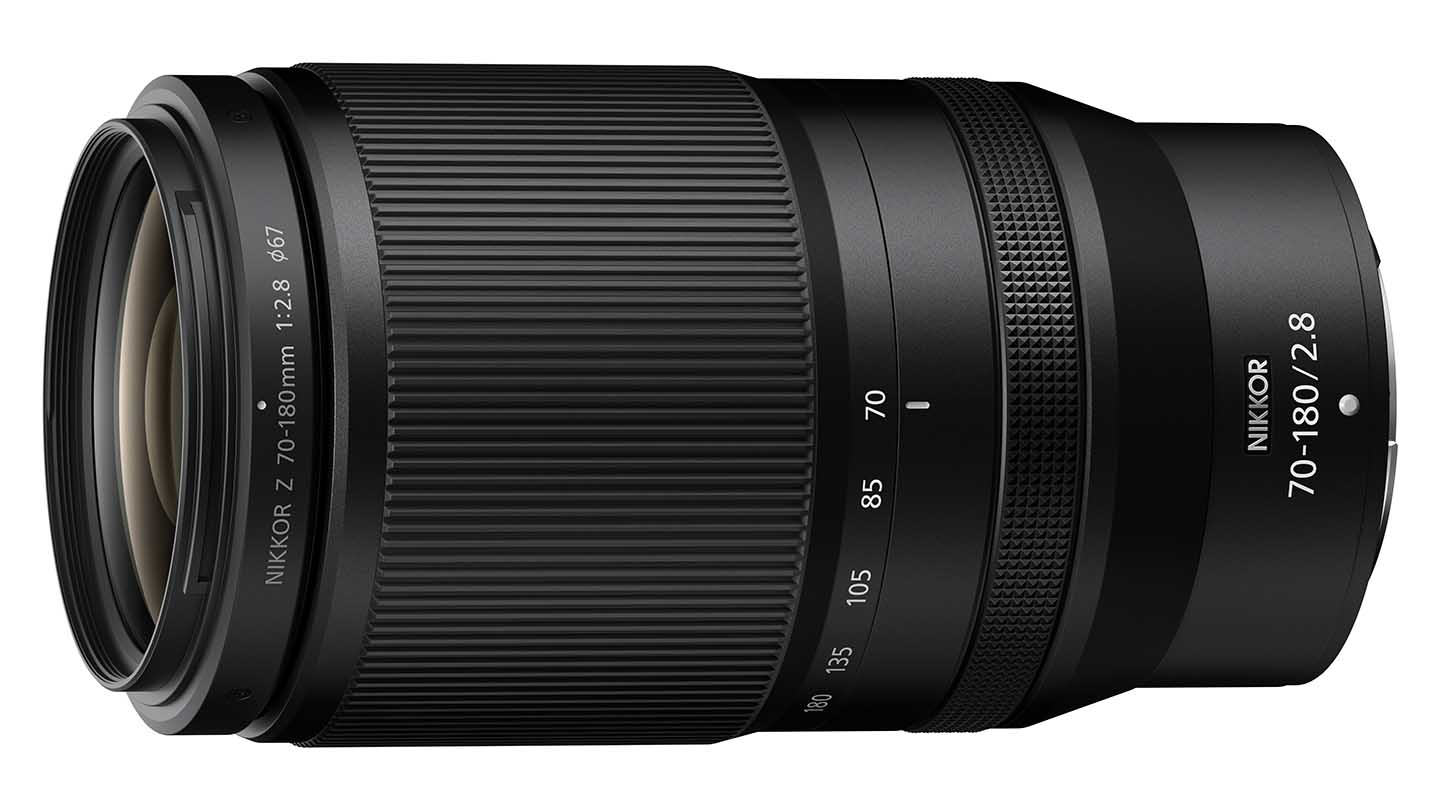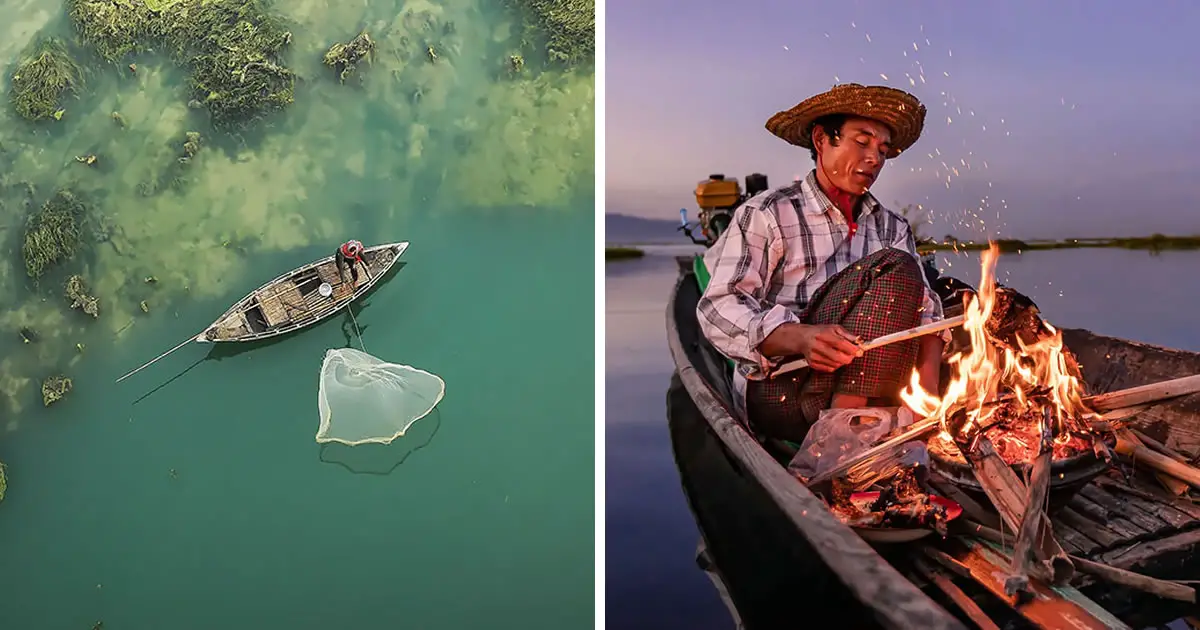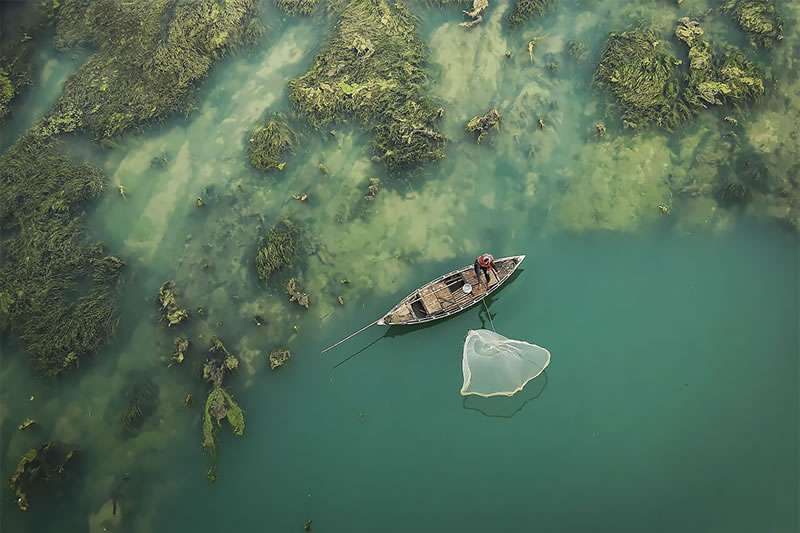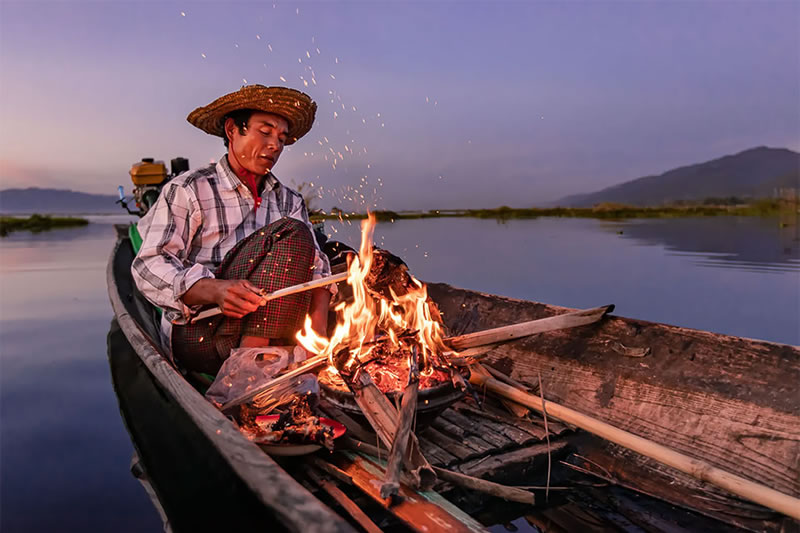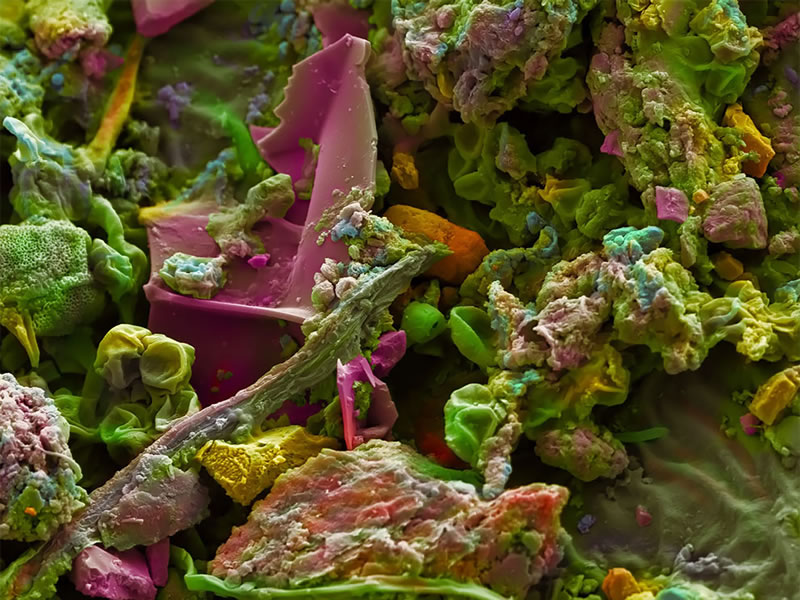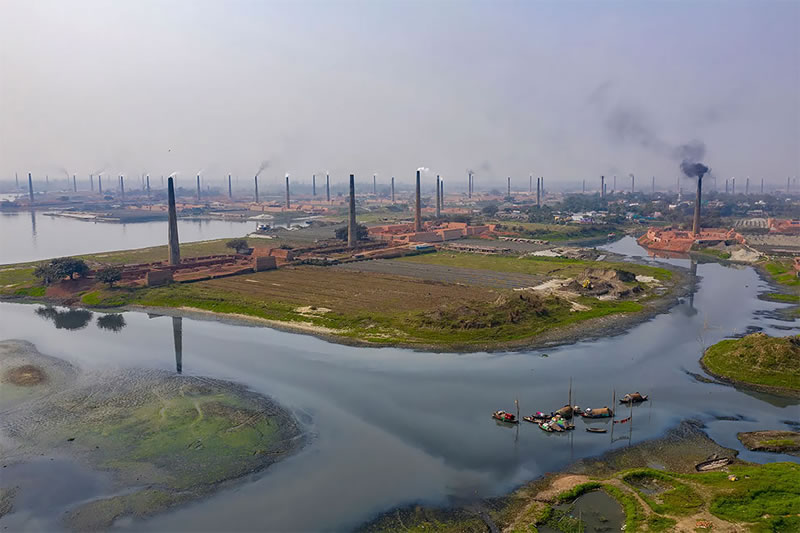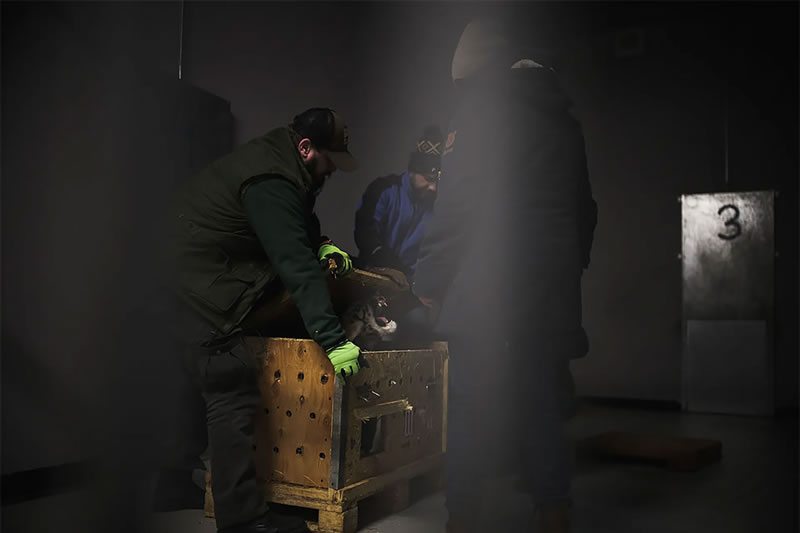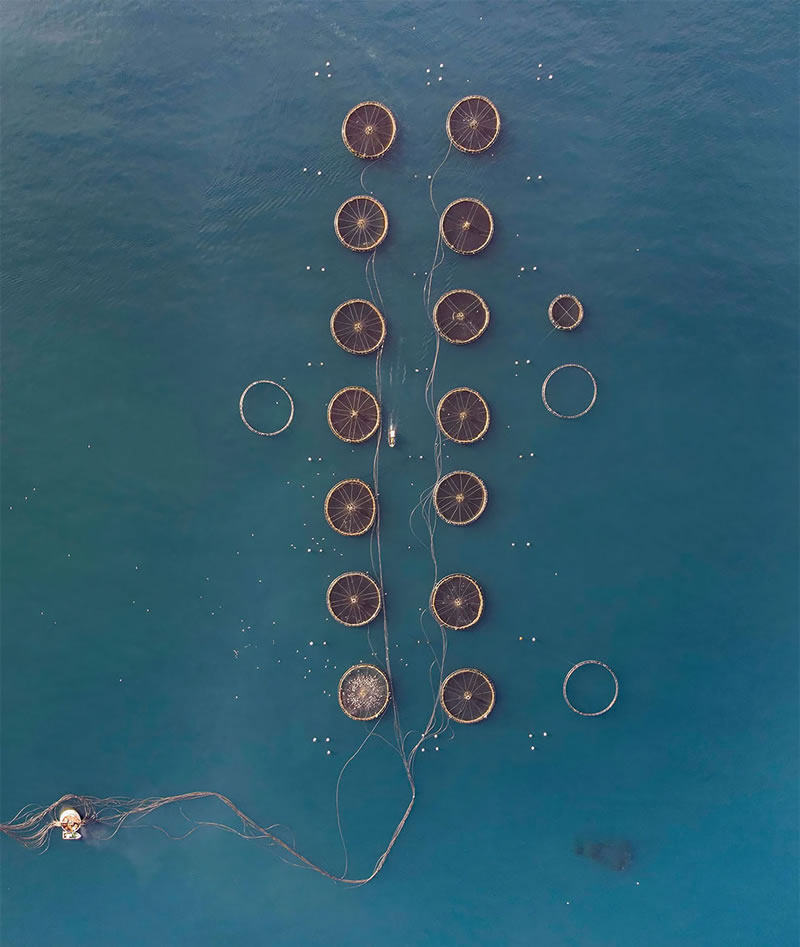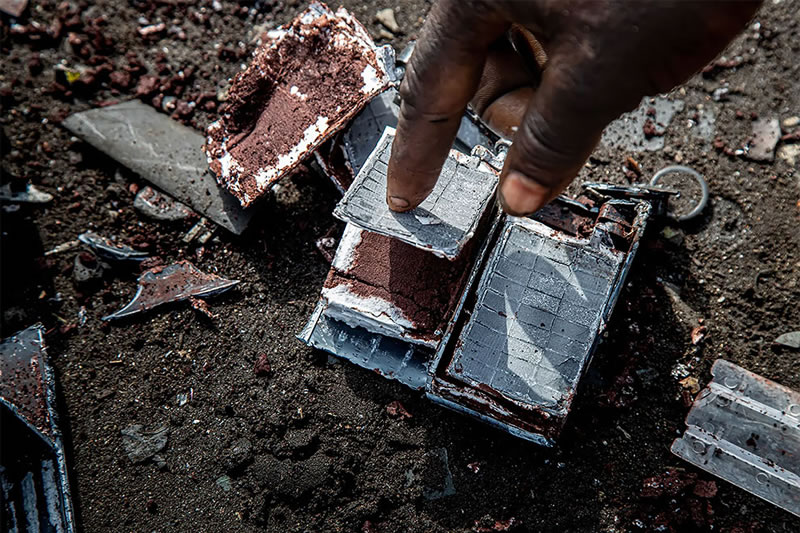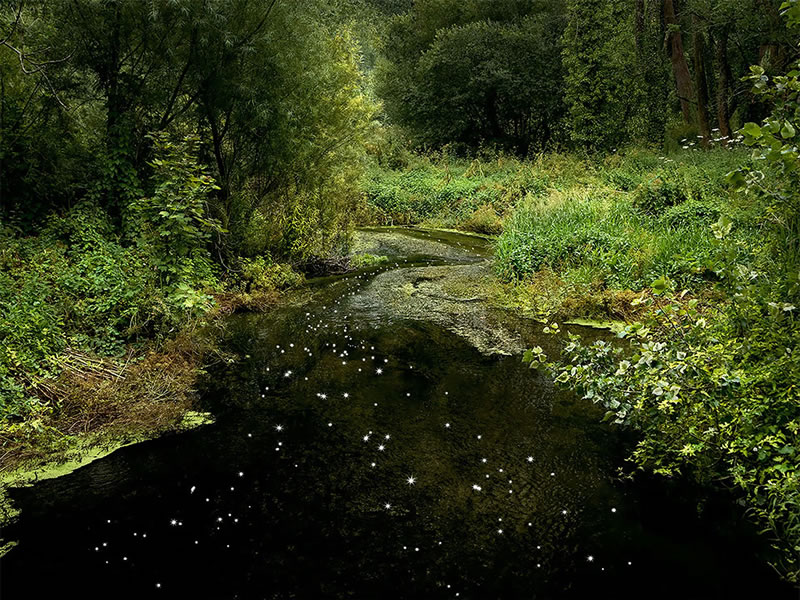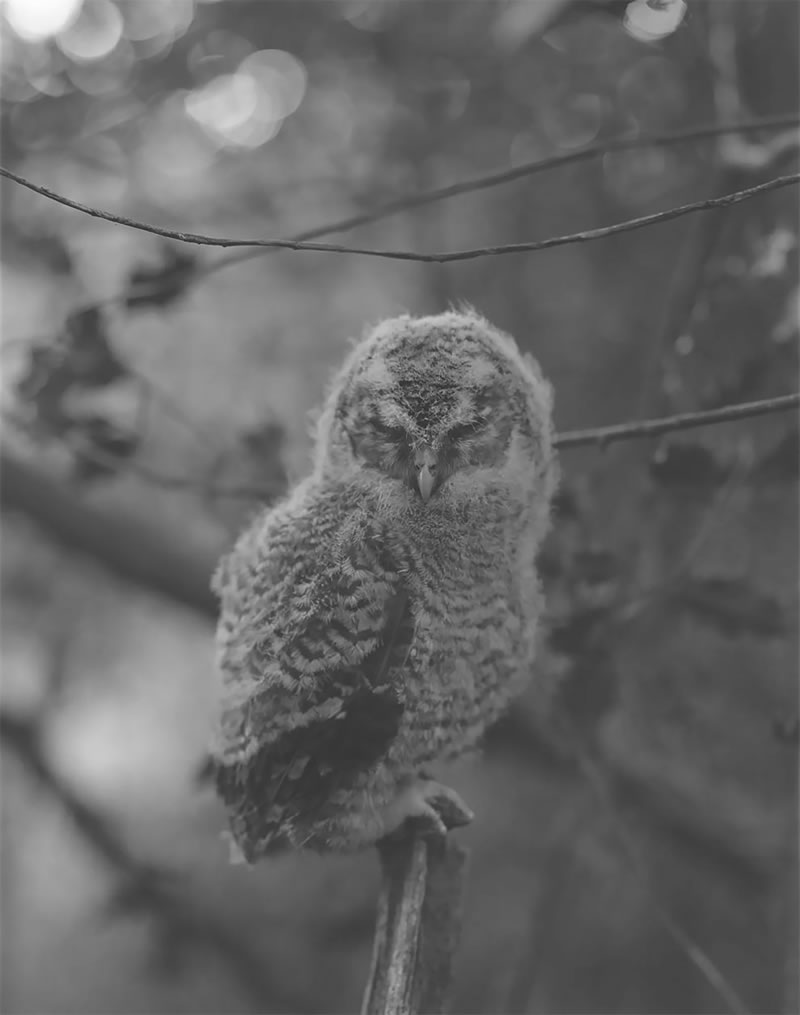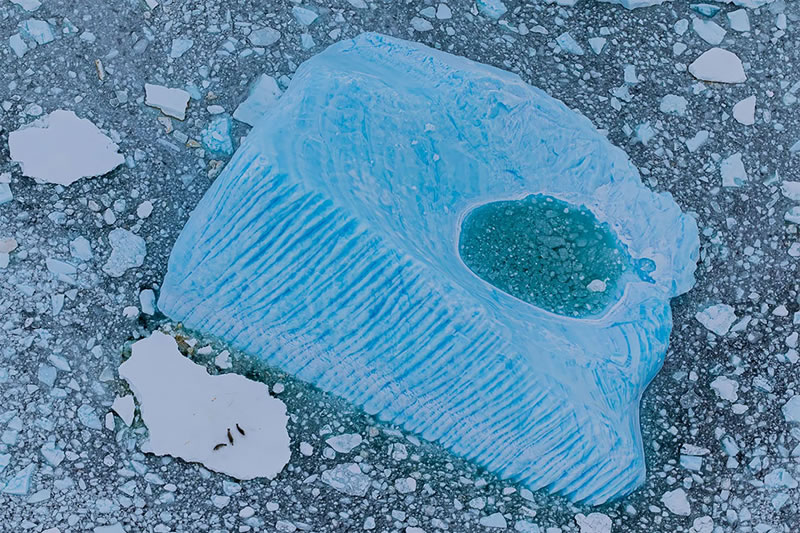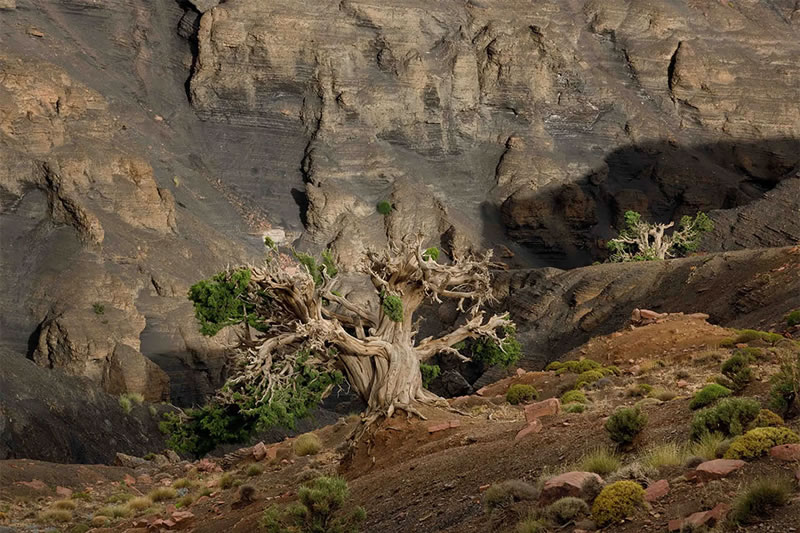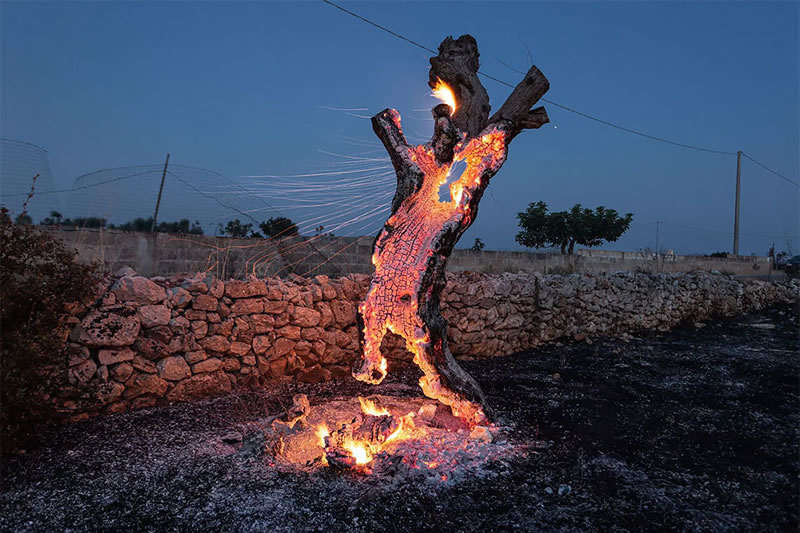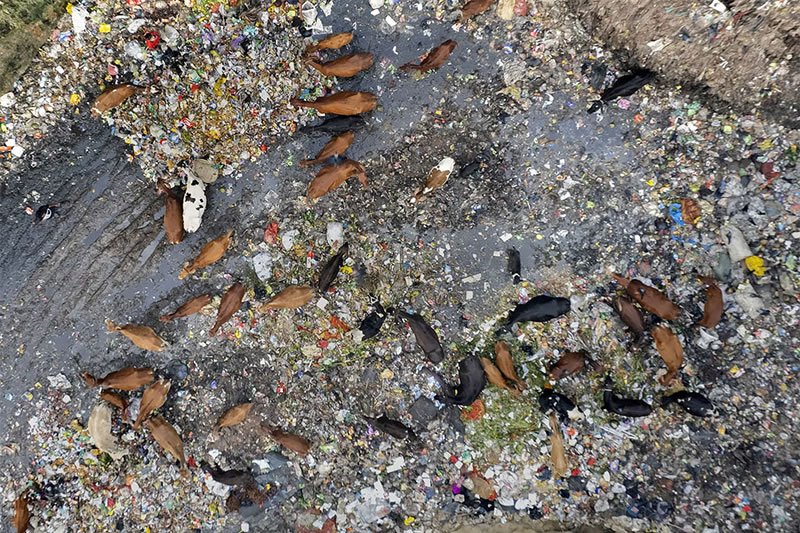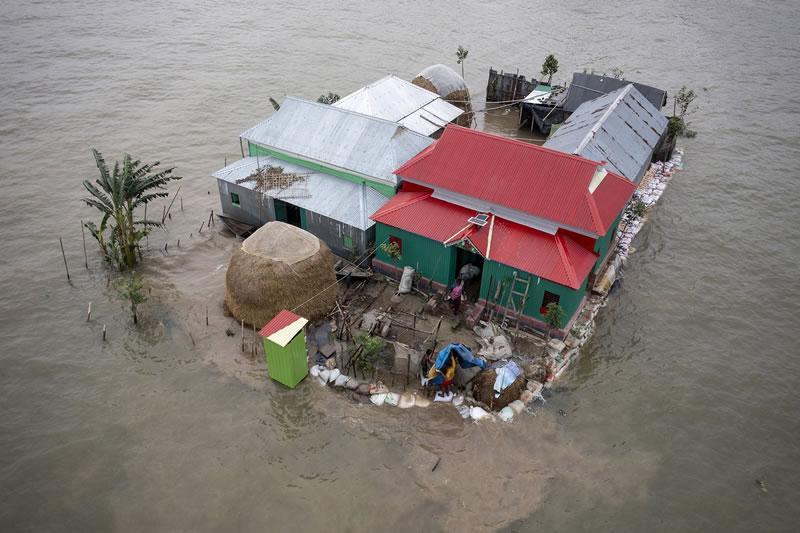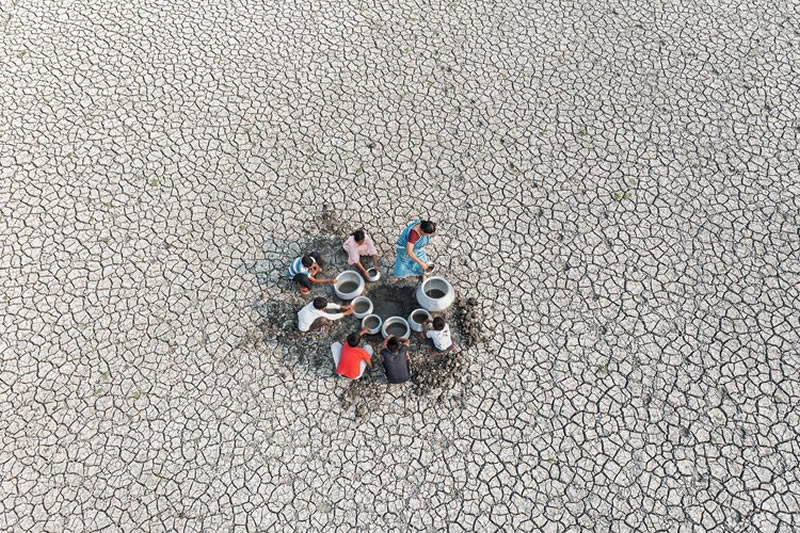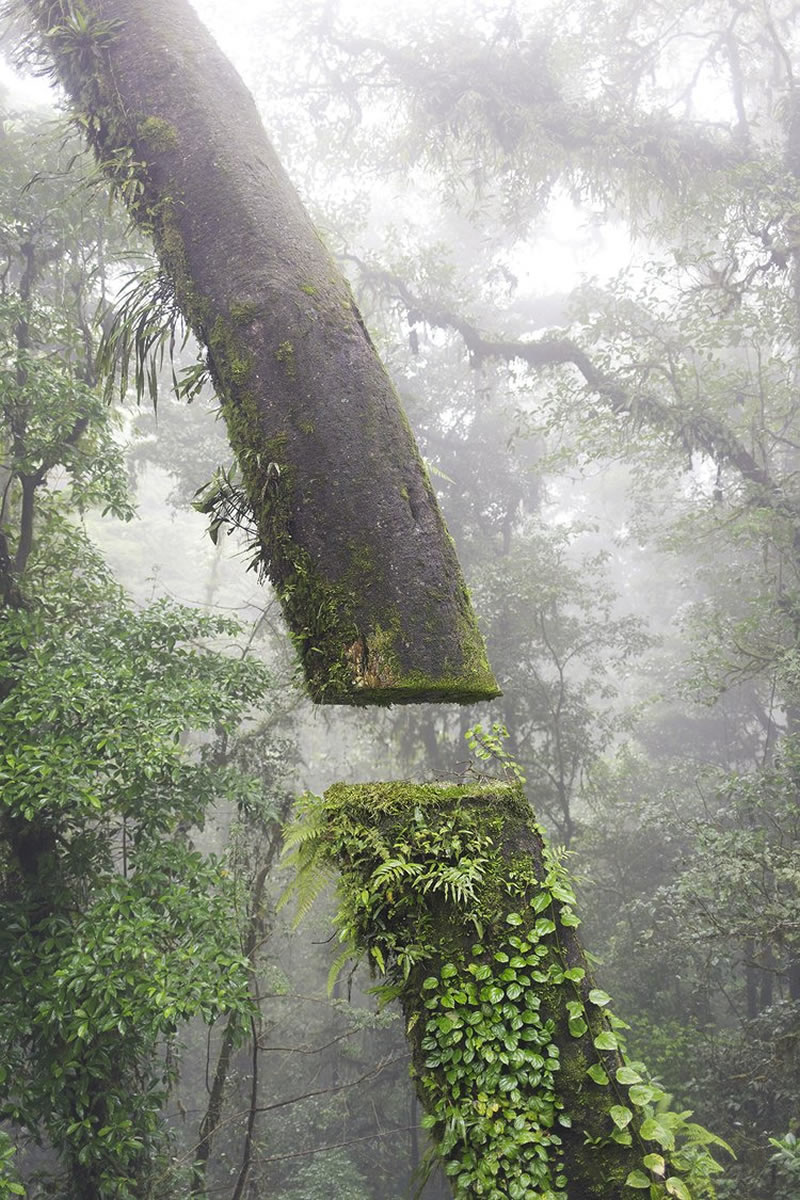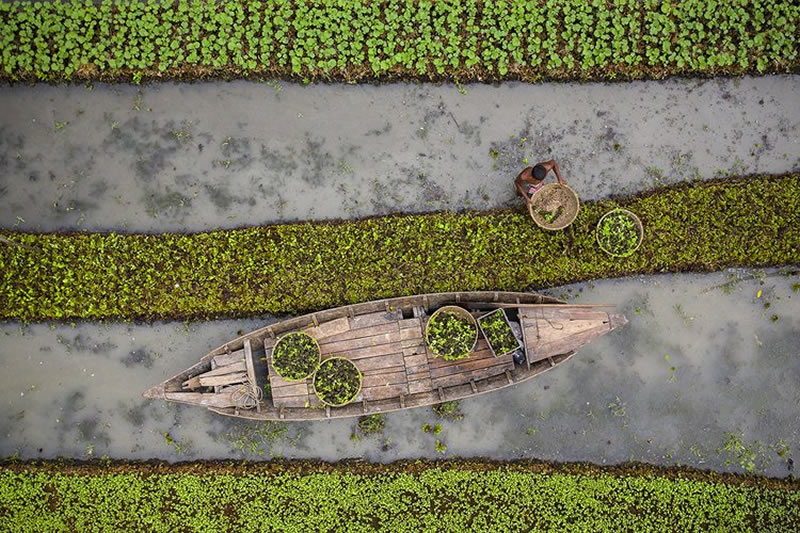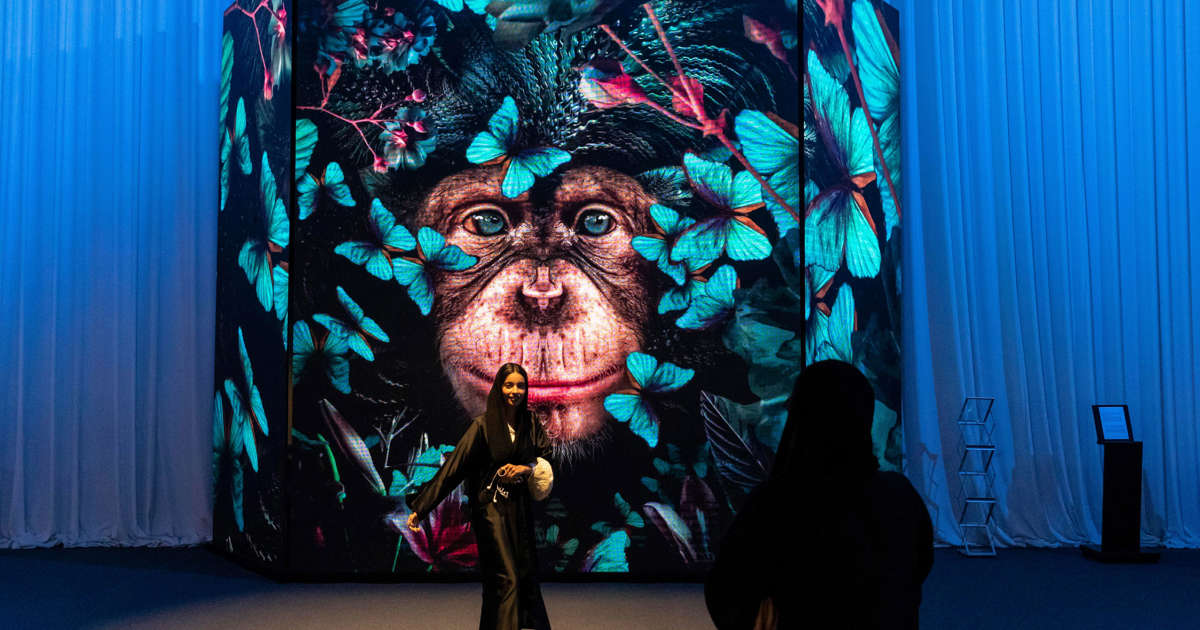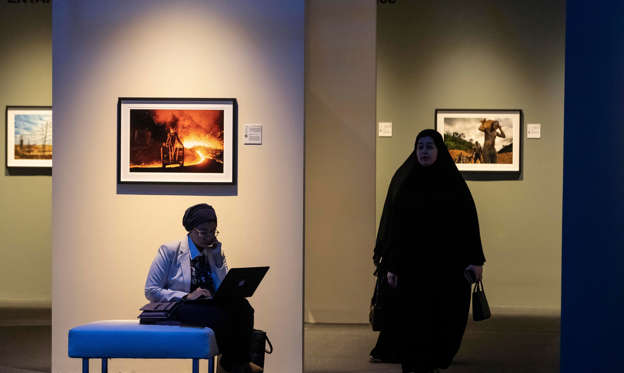[ad_1]
Photographers tend to be very creative people, possessing the skill to be able to see when something will make a good photograph.
But it’s about more than just having a good eye.
You need to know how to use high-end photographic equipment and work with light. Never mind your subjects—if you’re photographing landscapes, this is probably less of an issue, but if you’re into photographing people or animals, then getting them to follow your instructions is an incredibly difficult task.
Now, on top of all the creative and technical skills you need to be a good photographer, you also need business skills. To run a successful photography business, you need to be organized, and most importantly, you need to be able to manage your finances. This means budgeting, quoting, and planning. And, at the end of the day, it all comes down to being able to properly calculate profit margins.
We’re going to tell you everything you need to know about how to properly calculate profit margins for your photography business. But first, let’s delve into why it may be different to calculate profit margins for a photography business as opposed to any other kind of business.

What’s Special About Calculating Profit Margins for a Photography Business?
Every business, regardless of the sector of the economy or type of service that’s provided, is going to be different. But this is especially true in the world of photography. Here are the main points of difference:
Variable Costs
Variable costs contribute significantly to why it can be a complicated process to work out profit margins in the photography business.
Variable costs are expenses that tend to vary from project to project, and they are related to things like props, staff, prints, location rentals, and so on. Because these costs are always changing, you need to be constantly doing the math and staying on top of the cost price of your service versus what you’re charging clients.
Time and Skill-Based Services
What you charge clients is going to include a fee for the expertise and experience of the photographer in question. If you’re working with several different photographers of different calibers, you’re likely to charge different rates for each one’s work based on their credentials. Thus, pricing strategies need to include these varying skill sets, making it more difficult to determine a consistent profit margin.
Editing and Post-Production Work
Unlike some other services, photography is a two-part job—the actual photoshoot and then the post-production period. It’s essential that you take into account both periods when calculating overall expenses and your profit margin.
Seasonal Variations
Certain months tend to be more popular for specific types of shoots and photographers that fill certain niches. For instance, if you have photographers who have impressive wedding portfolios, the wedding season is always going to be extremely busy.
Therefore, you’re likely to charge more during this period because you’ll have more demand. Thus, your profit margins need to take into account when you’re charging more and when you’re charging less, and this tends to be more volatile in the photography business than in many other sectors.
Equipment and Depreciation
The photography business requires high-end, specialized, and expensive equipment—more so than many other businesses. So, it’s important that costs for upgrades or emergency equipment replacements are factored into your profit margin.

How to Calculate Profit Margins for a Photography Business
Whether you’re good with numbers or not, the good news is that knowing how to calculate profit margin isn’t too difficult—as long as you know what you’re doing! Luckily, we’re going to explain the whole process to you so that you can follow it from start to finish and be confident in your calculations.
First of all, let’s have a look at the most important part; the formula for calculating profit margin.
Profit Margin = (Net Profit / Revenue) X 100
Looks pretty simple, right? Right! But you need to do a few important calculations before you can start using the main formula. We’re going to set the process out step by step
Step 1: Work Out Your Net Profit
Net Profit = Total Revenue – Total Expenses
Start off by finding your total revenue (that is, all the money that’s come in from clients). Then you’re going to subtract your total expenses from your total revenue.
Your total expenses are going to include absolutely everything you’ve spent during the process— photography equipment, utilities, marketing, transport to and from shoots, taxes, editing software subscriptions, and the fee you pay to your photographer and other staff.
Make sure that you include your direct costs (the ones that relate to the specific photoshoot) as well as indirect costs (a portion of your overhead expenses).
Step 2: Work Out Your Profit Margin
Profit Margin = (Net Profit / Revenue) X 100
Now that you’ve determined your net profit, you’re ready to plug your figures into the general formula. Divide your net profit by your total revenue and multiply the answer by 100. This will give you a percentage, and that percentage is your profit margin.
Example: Let’s say that you worked out your net profit, and it came to be $100,000. Meanwhile, your total revenue is $500,000. Thus, your calculation would go as follows:
Profit Margin = ($100,000 / $500,000) X 100 = 20%
Once your calculations are complete, you can see that your profit margin is 20%. That means that for every dollar you generate, 20 cents is what you’re taking home. Knowing what your profit margin is can be incredibly helpful because you can simply multiply that percentage by whatever your total revenue is, and you’ll end up with the amount of money that you’ve earned.
Now, in the photography business, your profit margin is going to change based on the seasons. In the high (busy) season, your net profit may increase, and your expenses may stay the same. Another factor that could change is that you may start working with a more experienced photographer that requires higher pay, or you may need to replace expensive equipment.
These are the factors that you always need to bear in mind and account for with your indirect and direct expenses when you’re calculating your profit margin. When you do all of this correctly, your photography business can thrive, and your financial position will remain healthy all year round.
Related Articles:
[ad_2]

